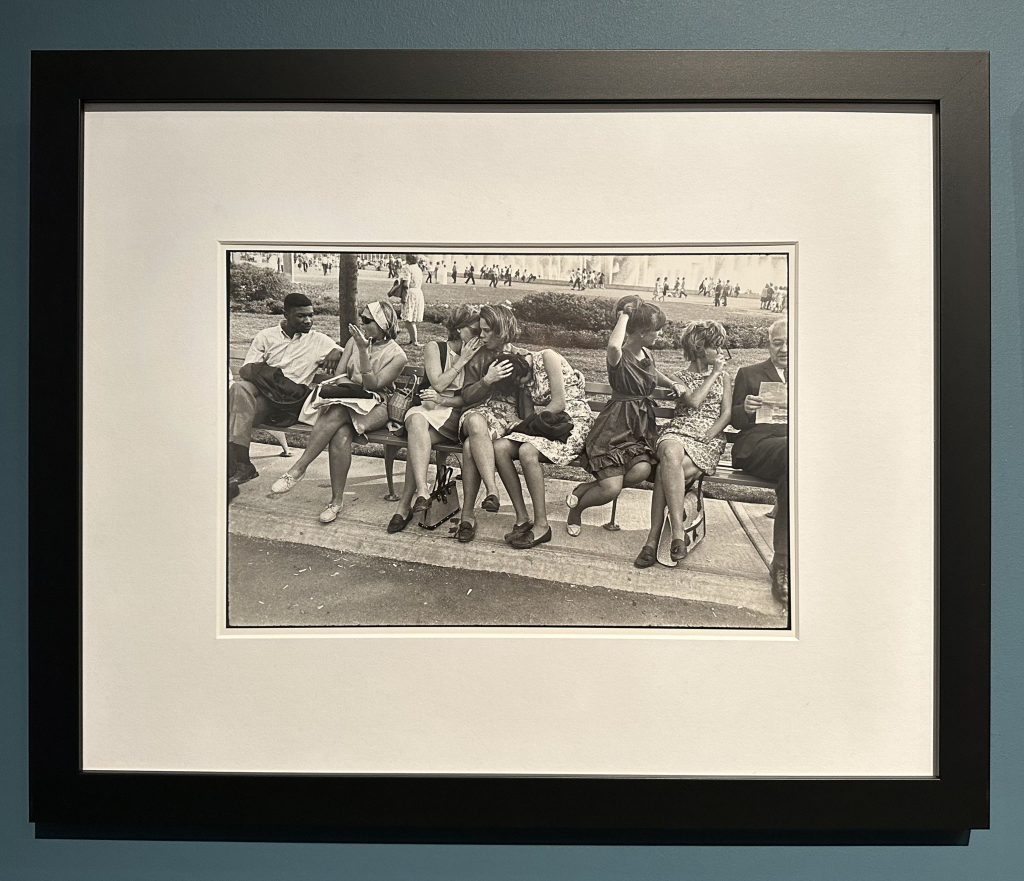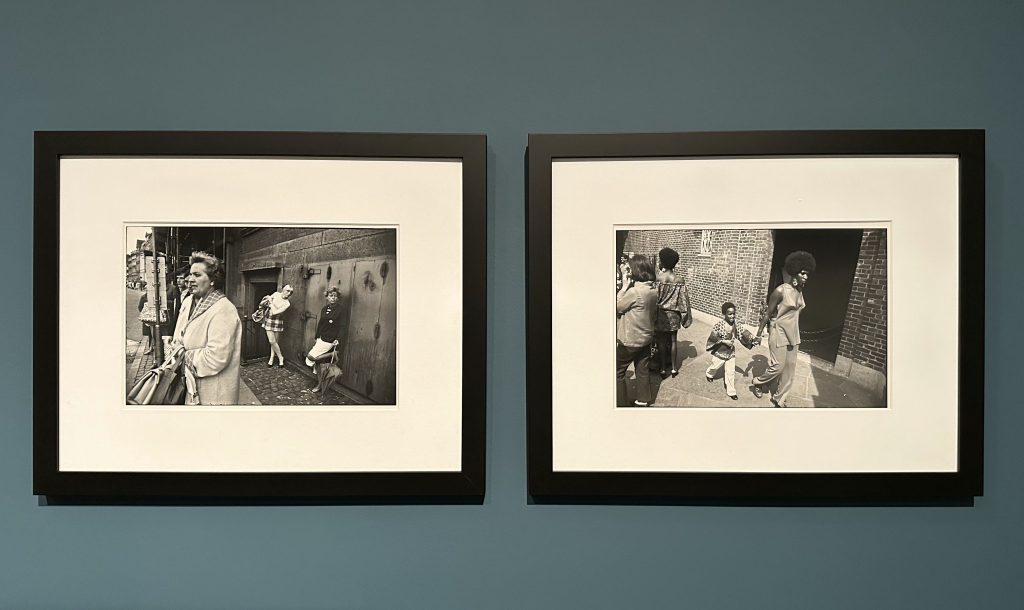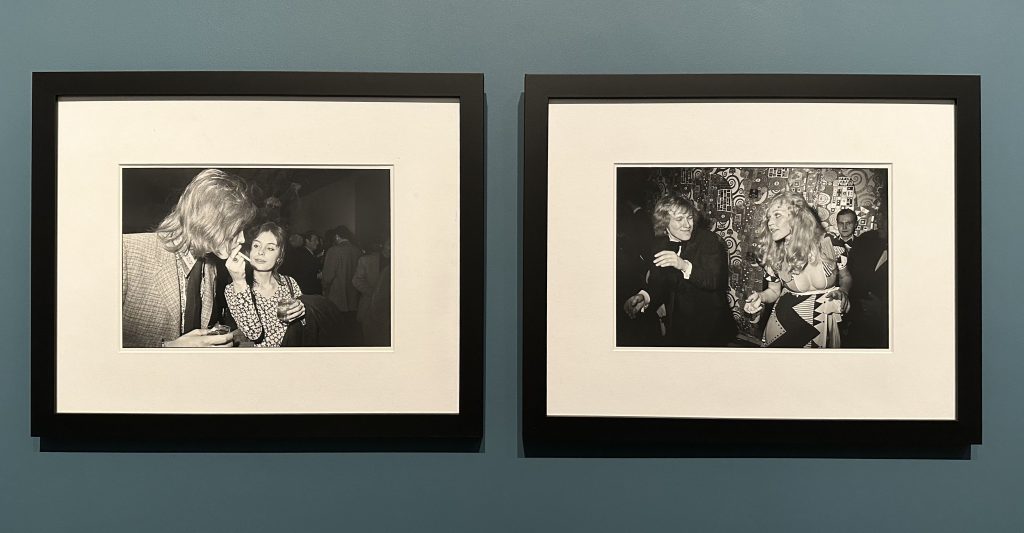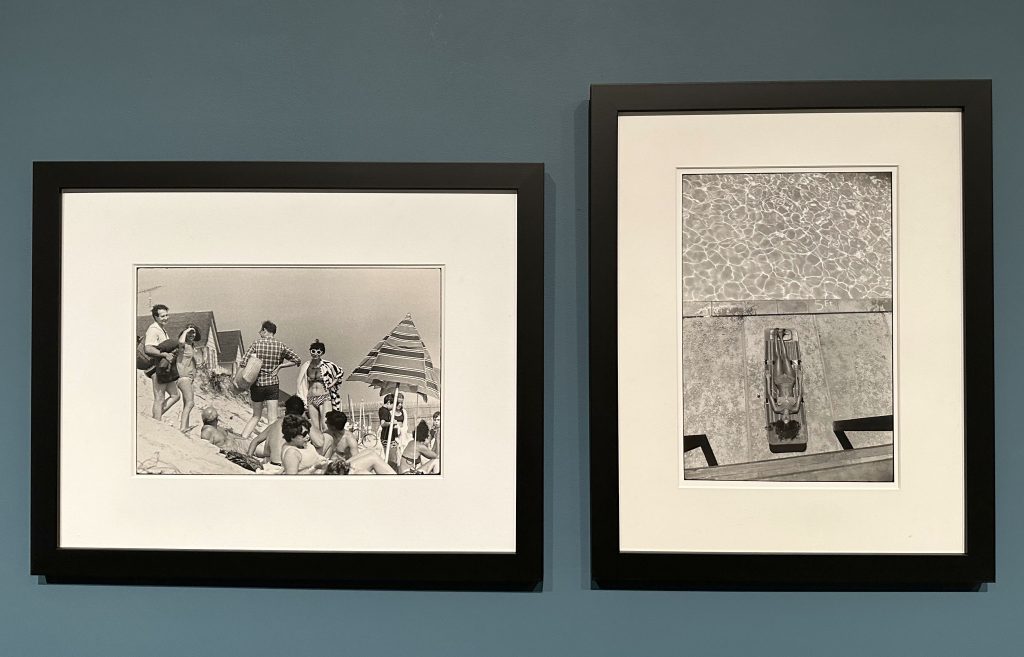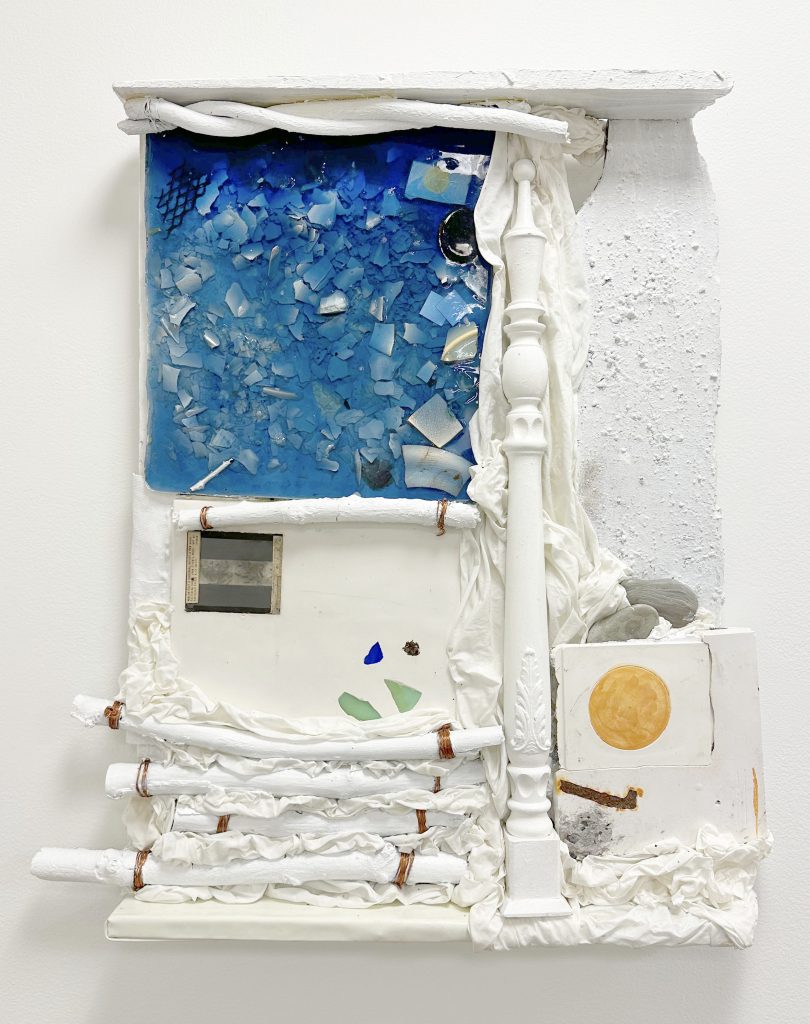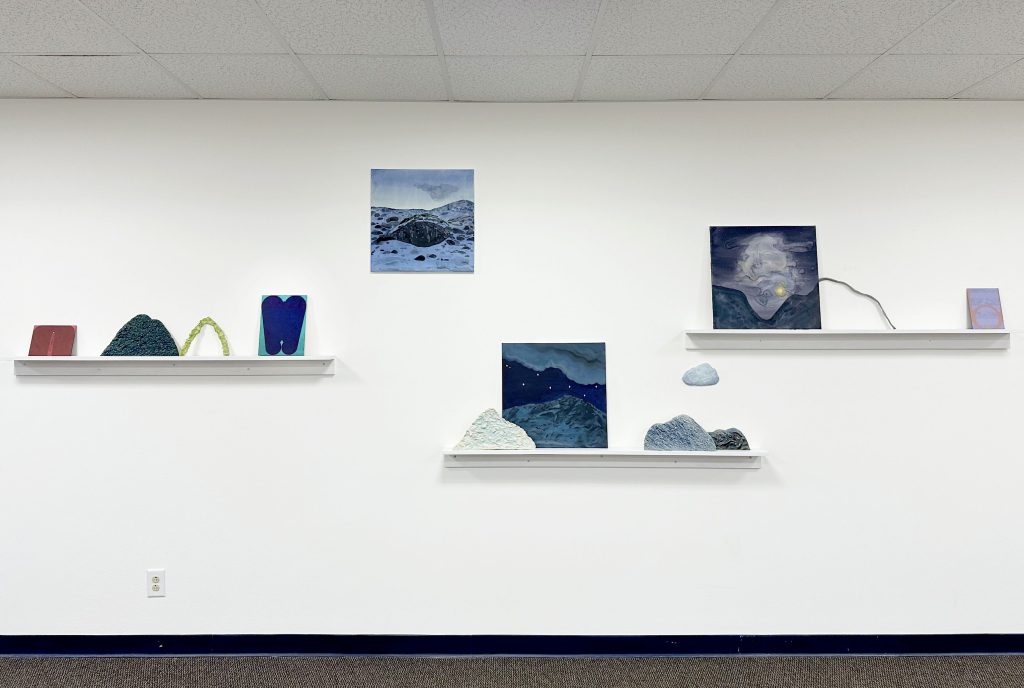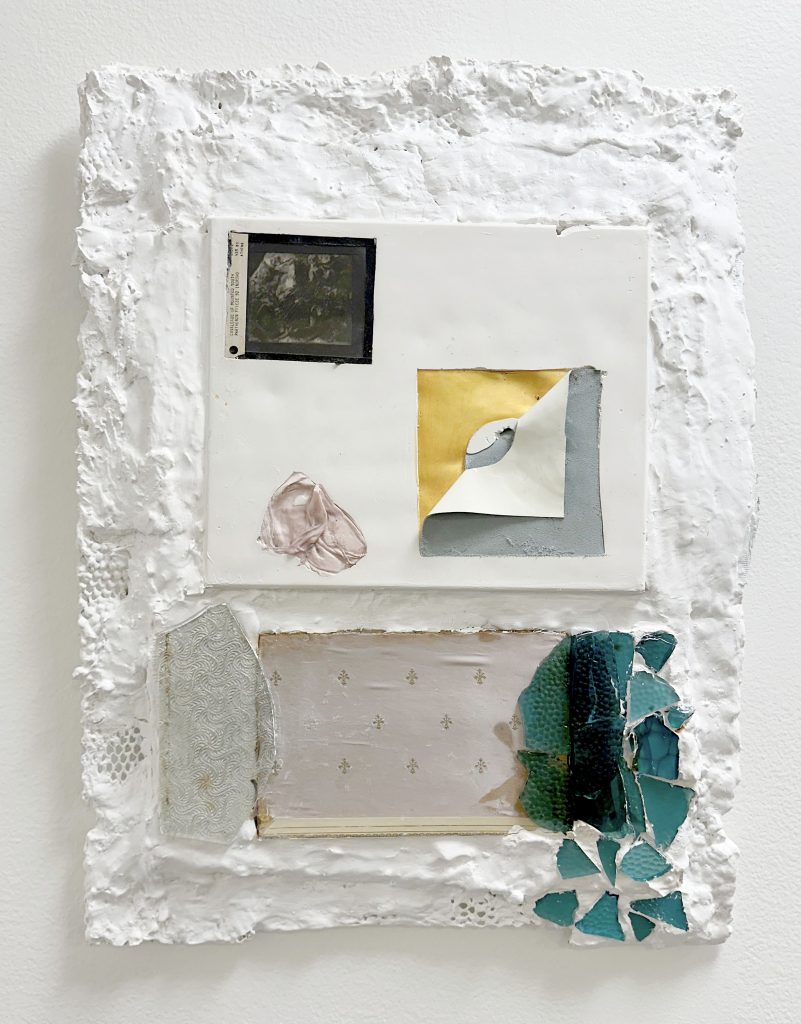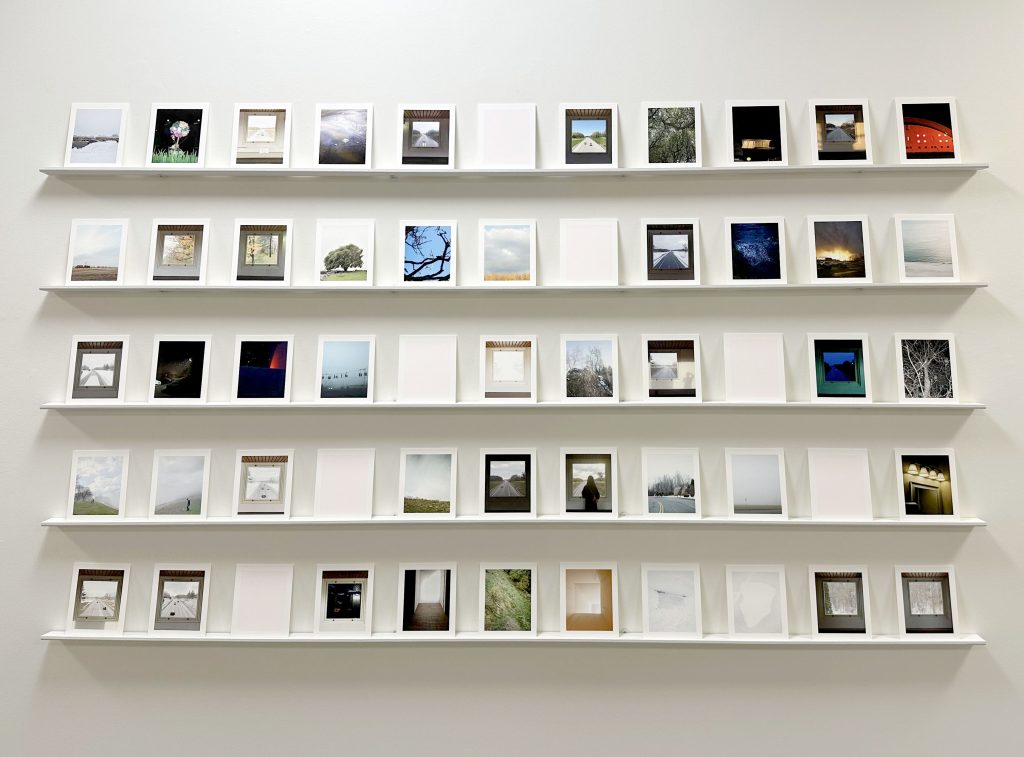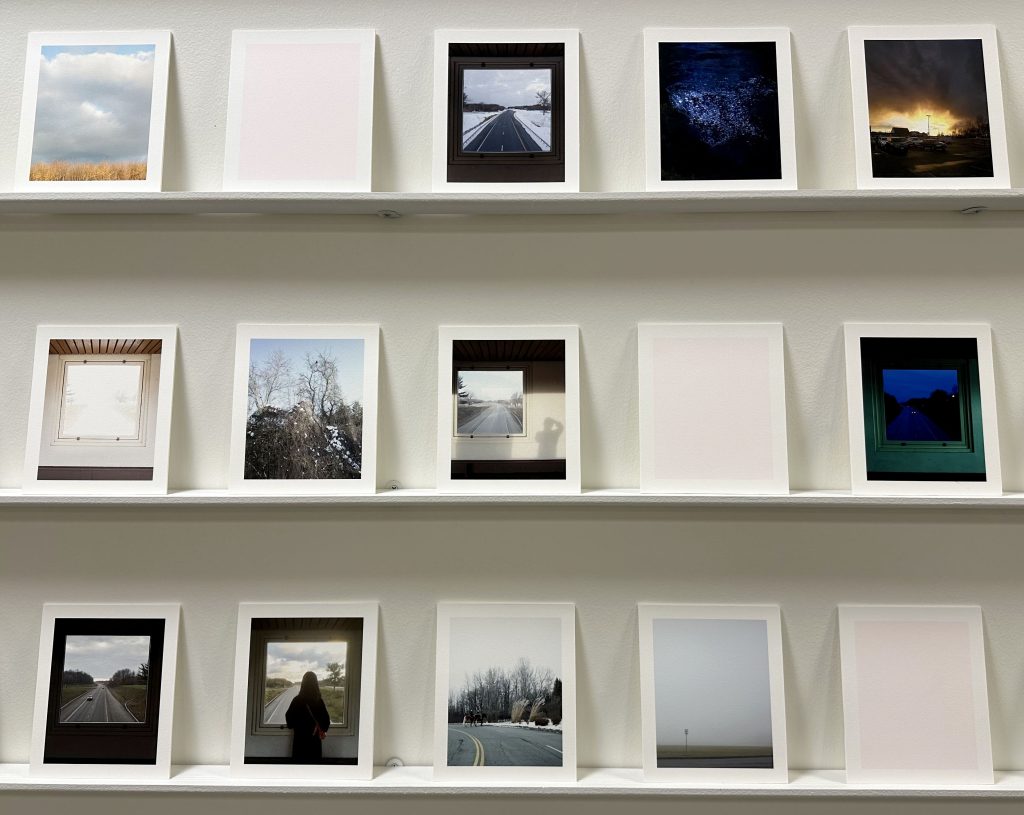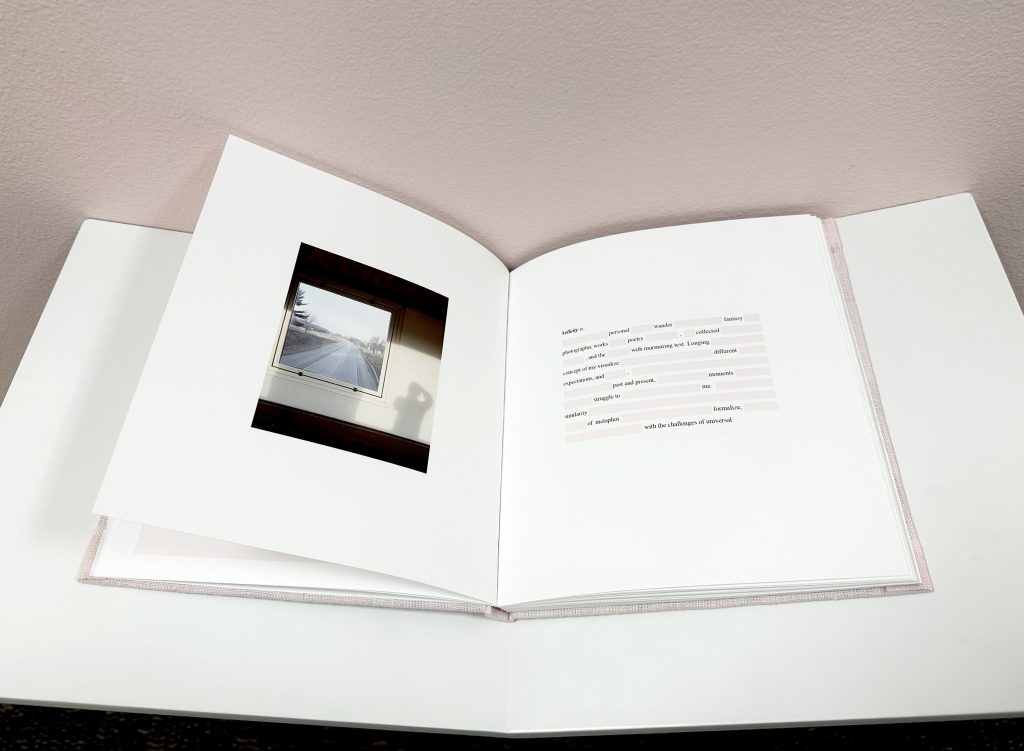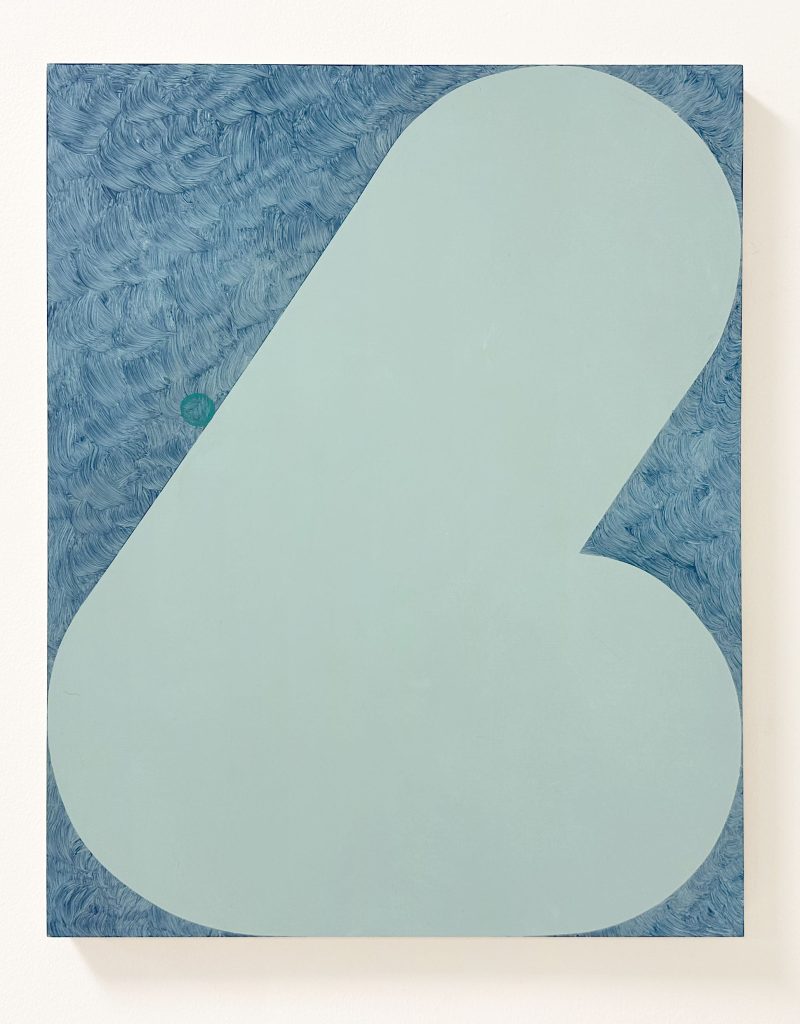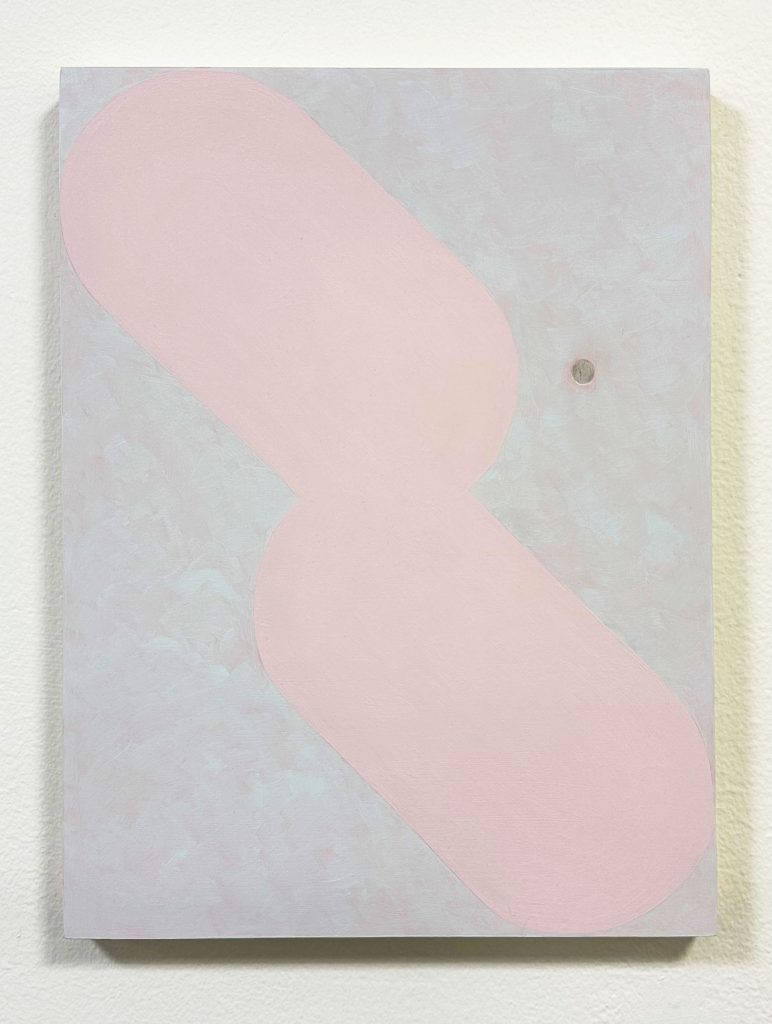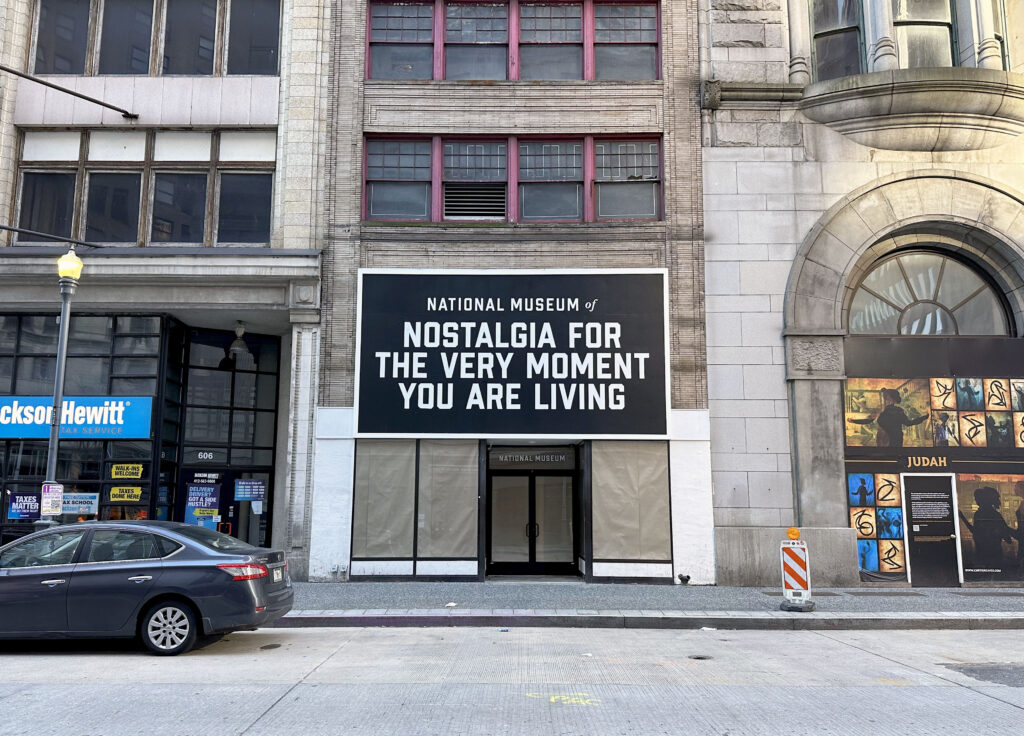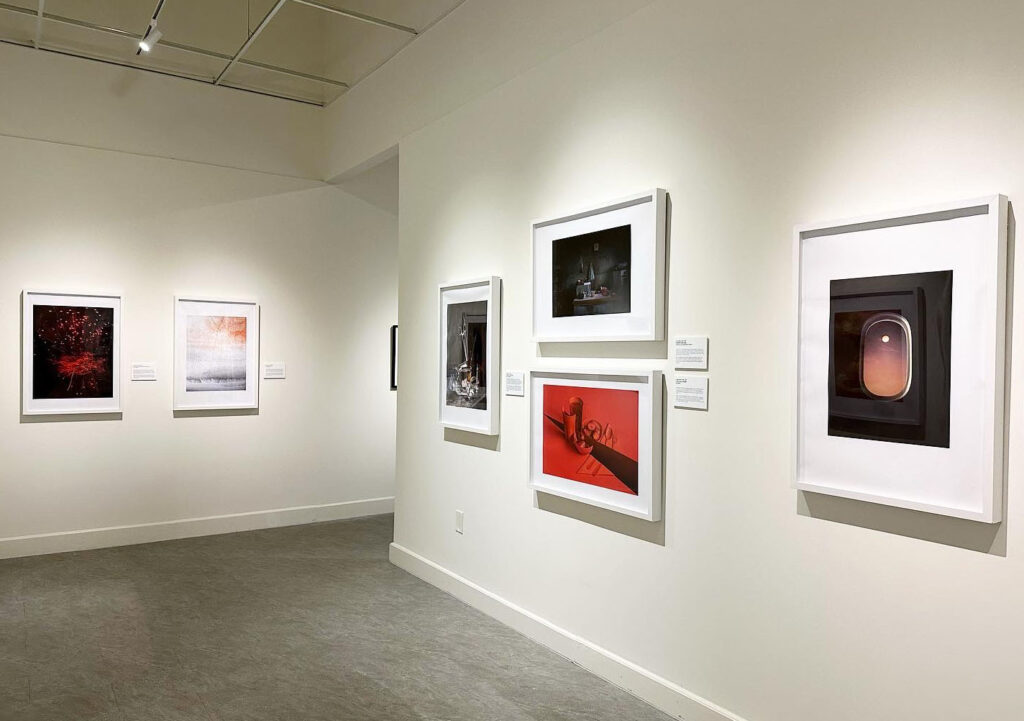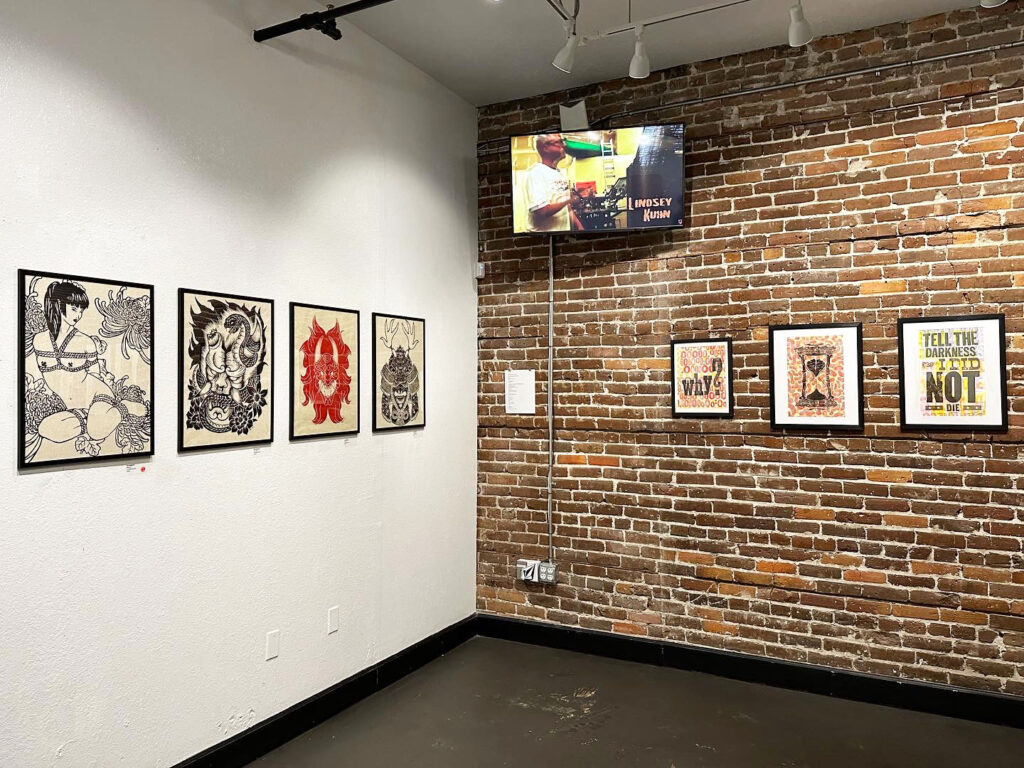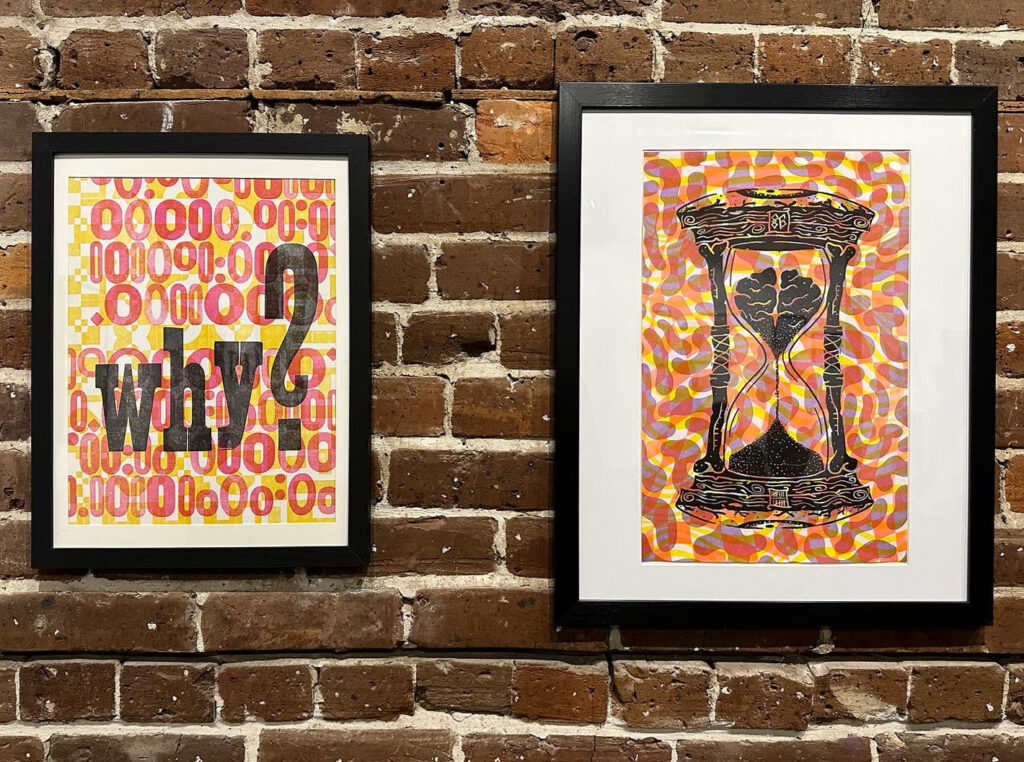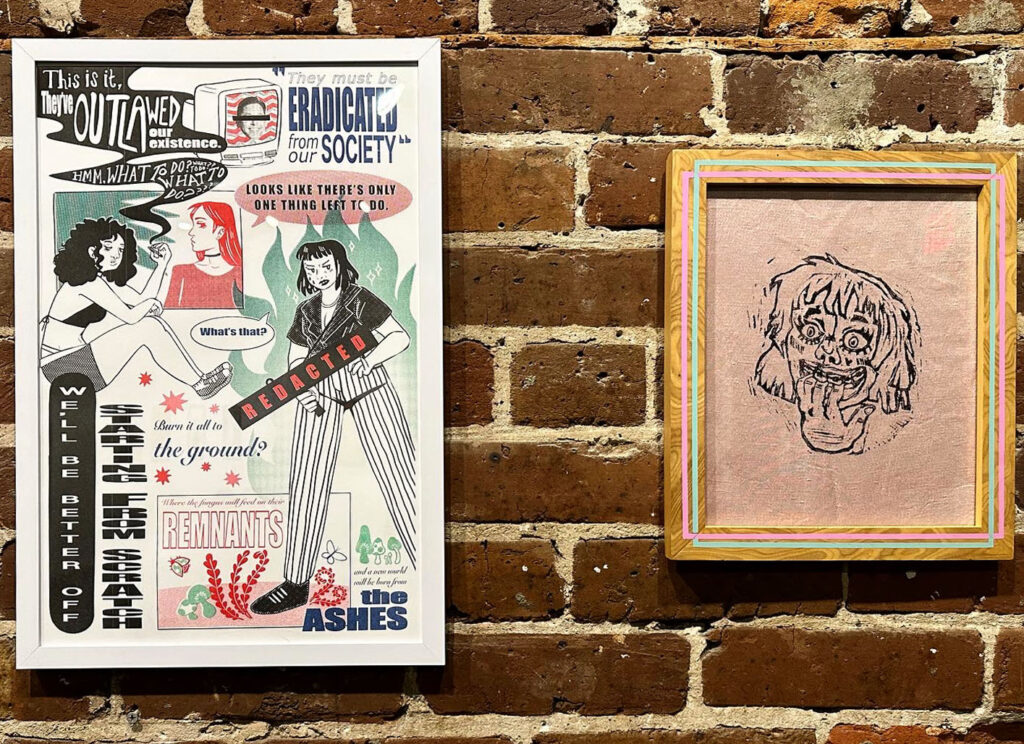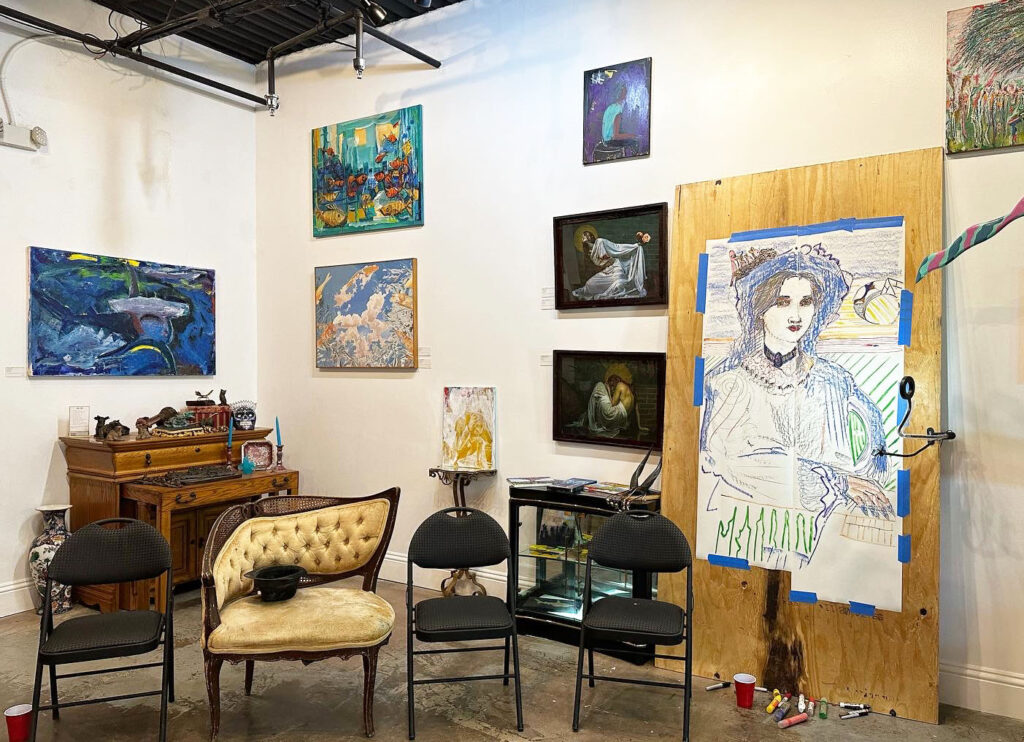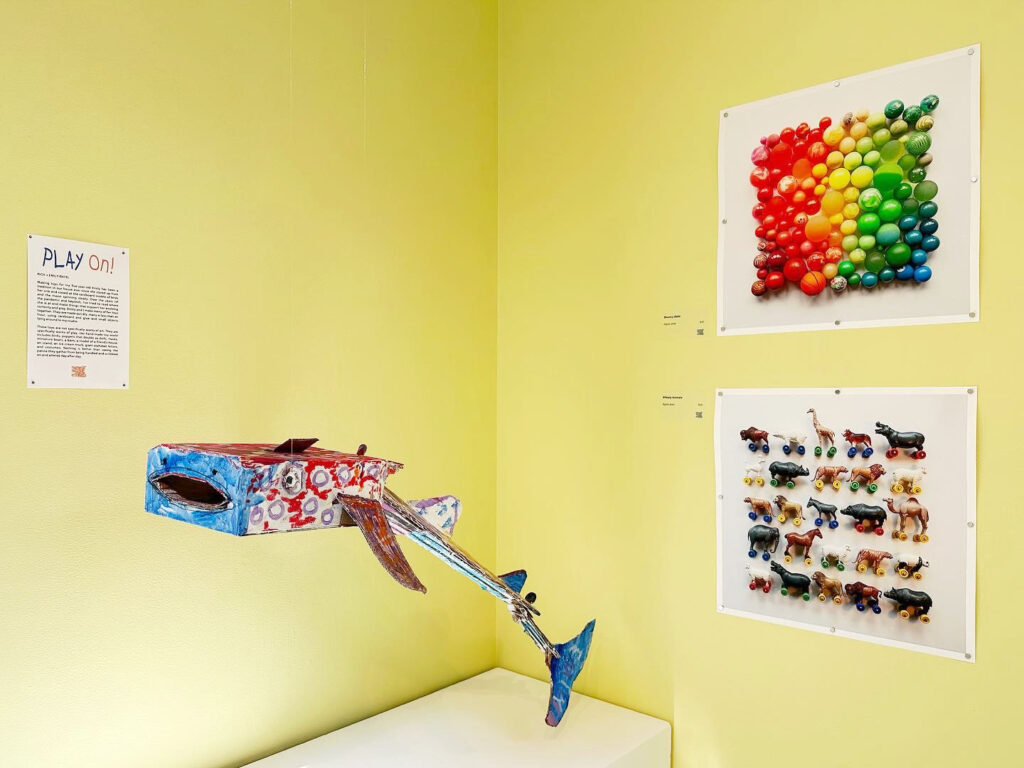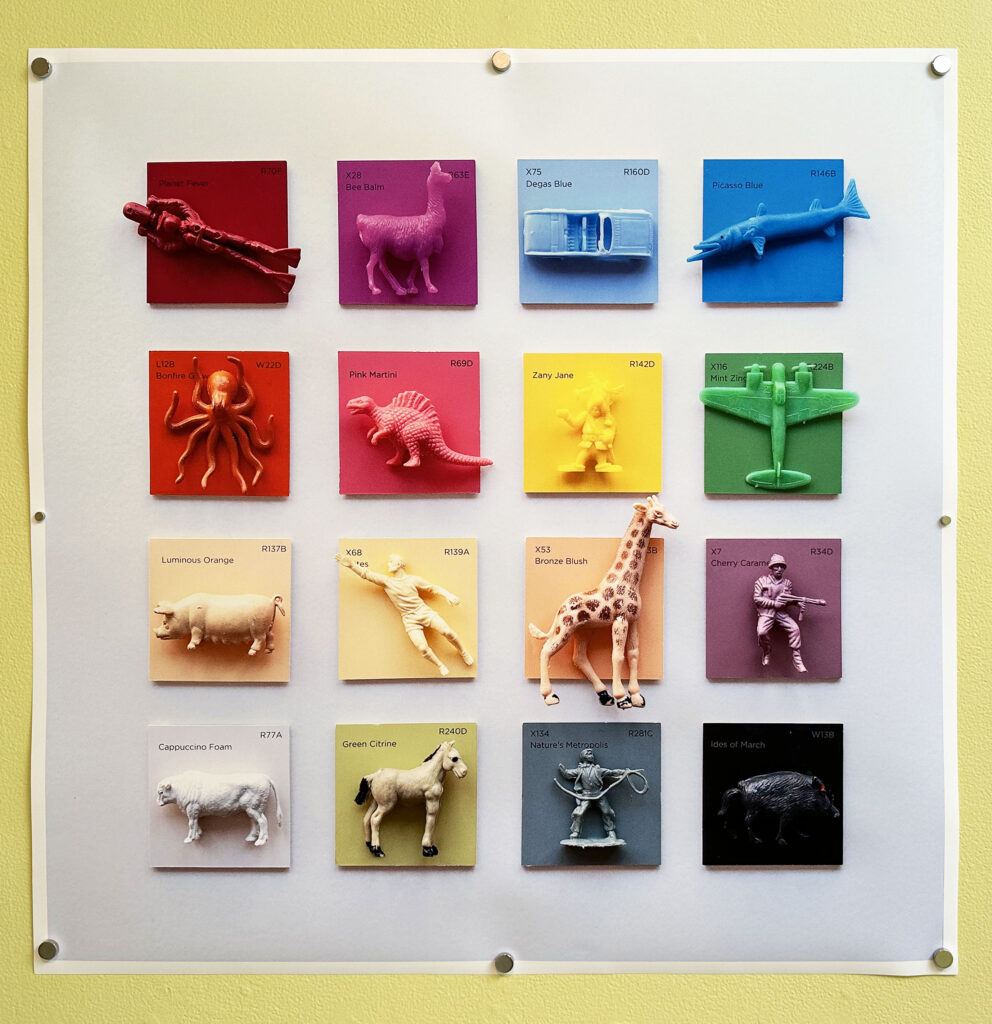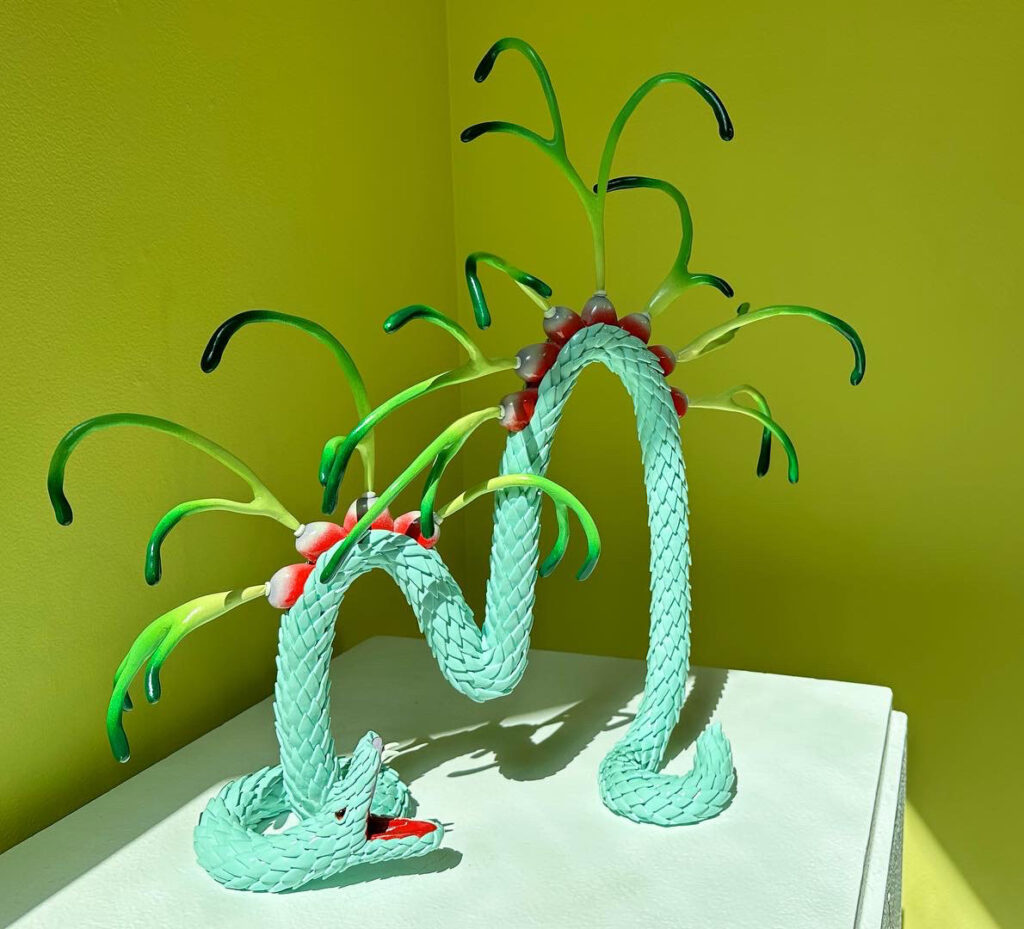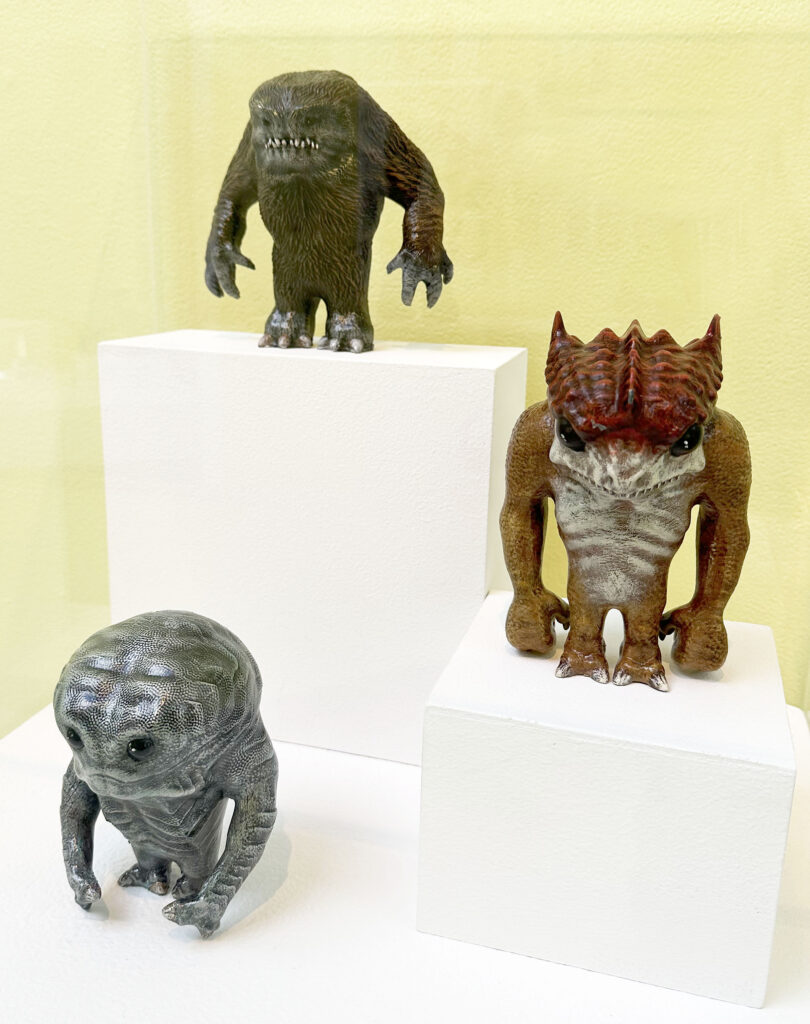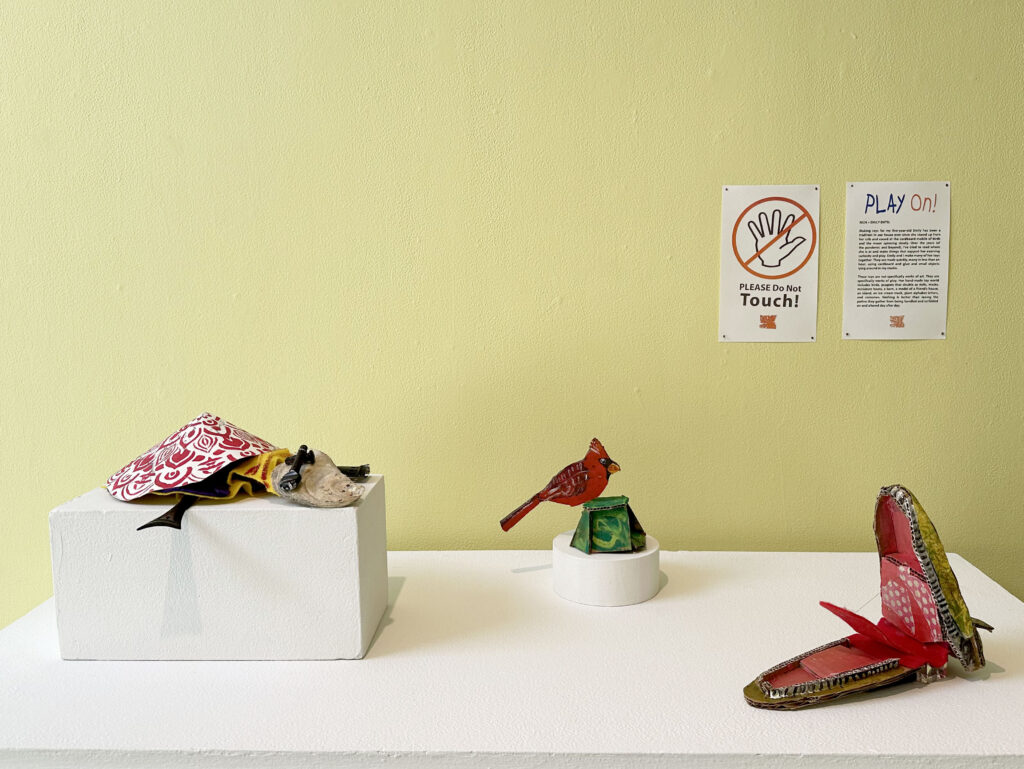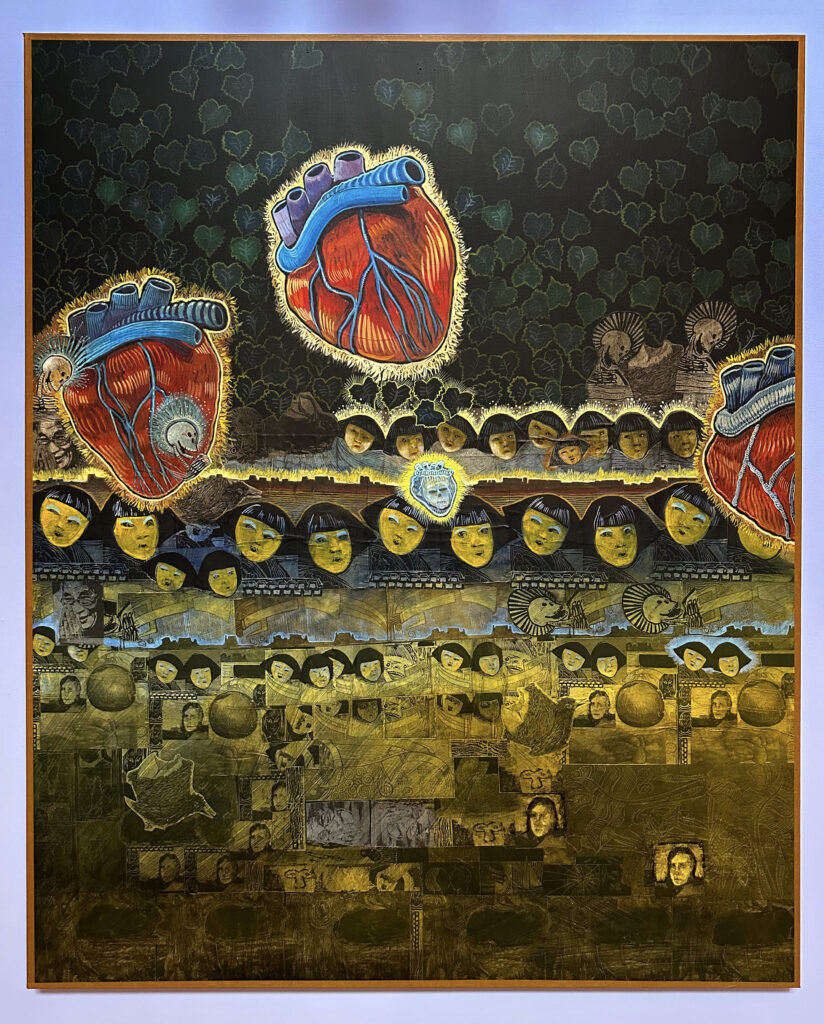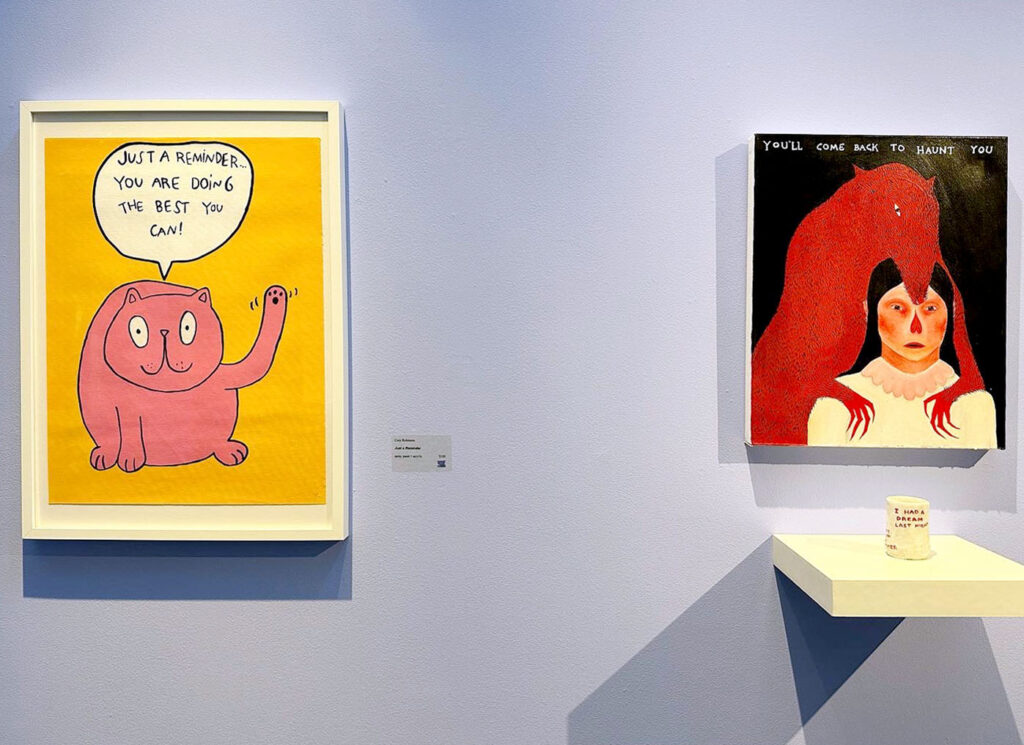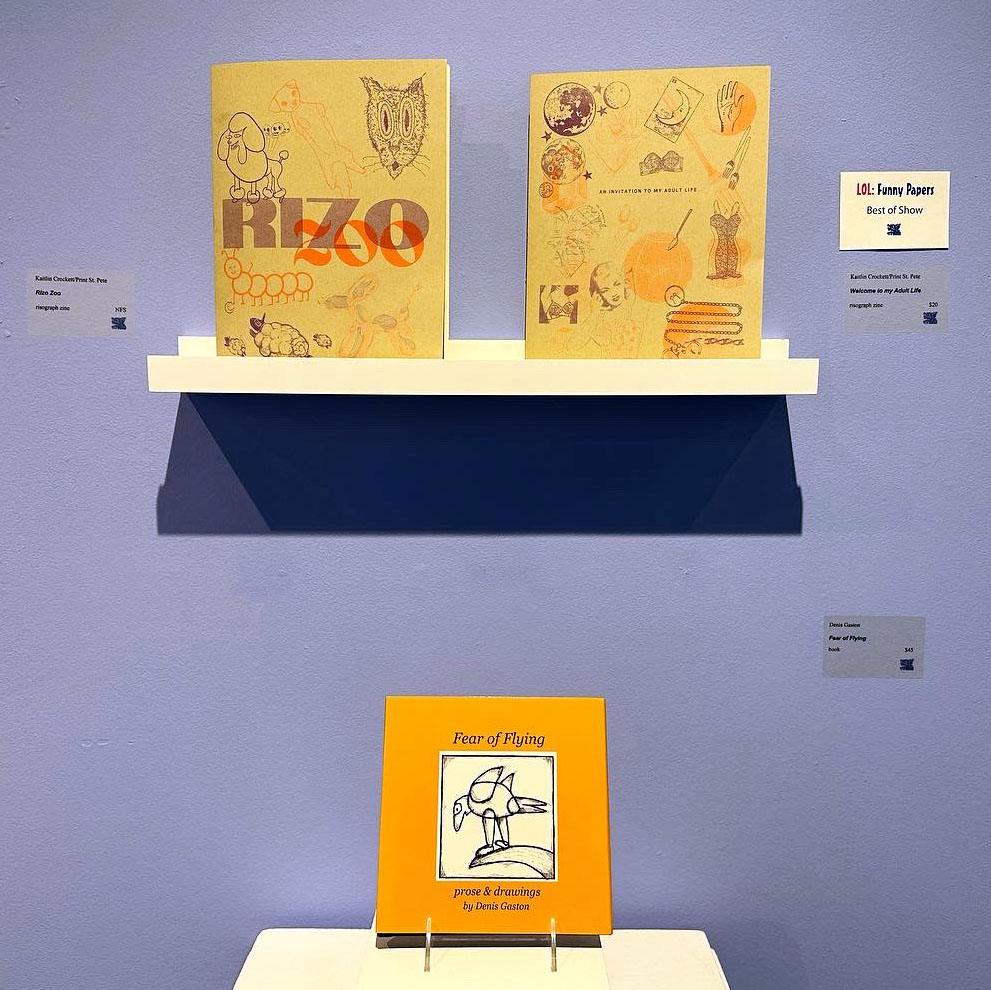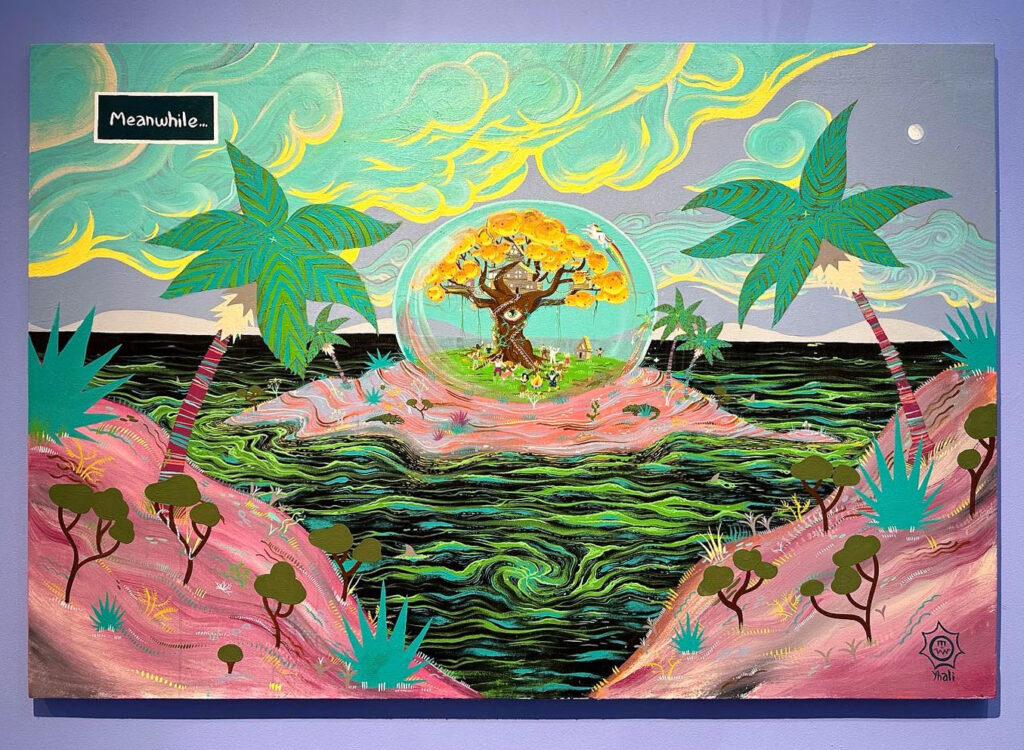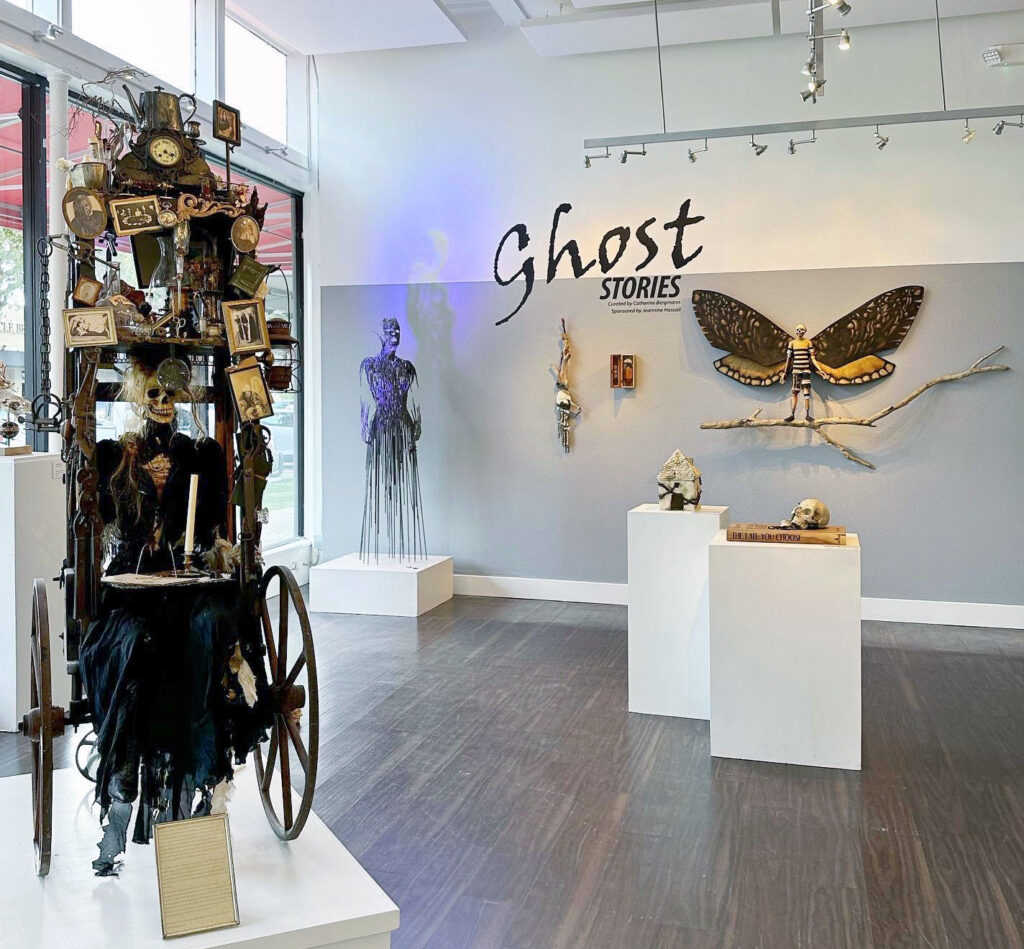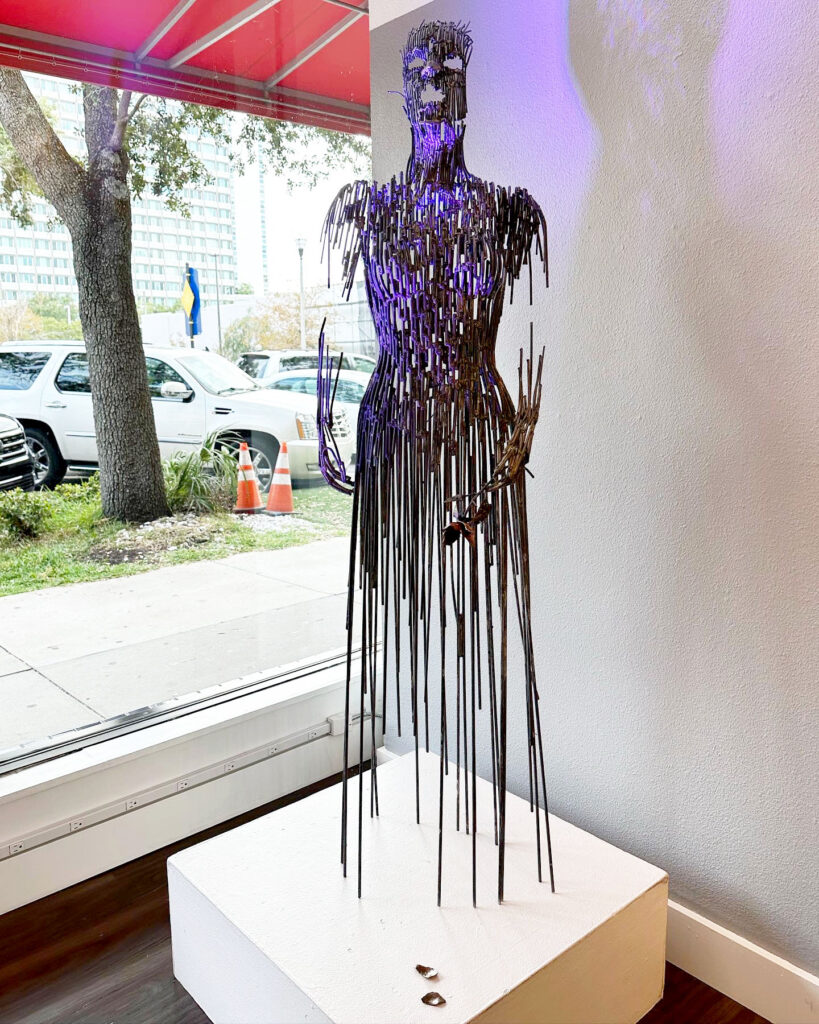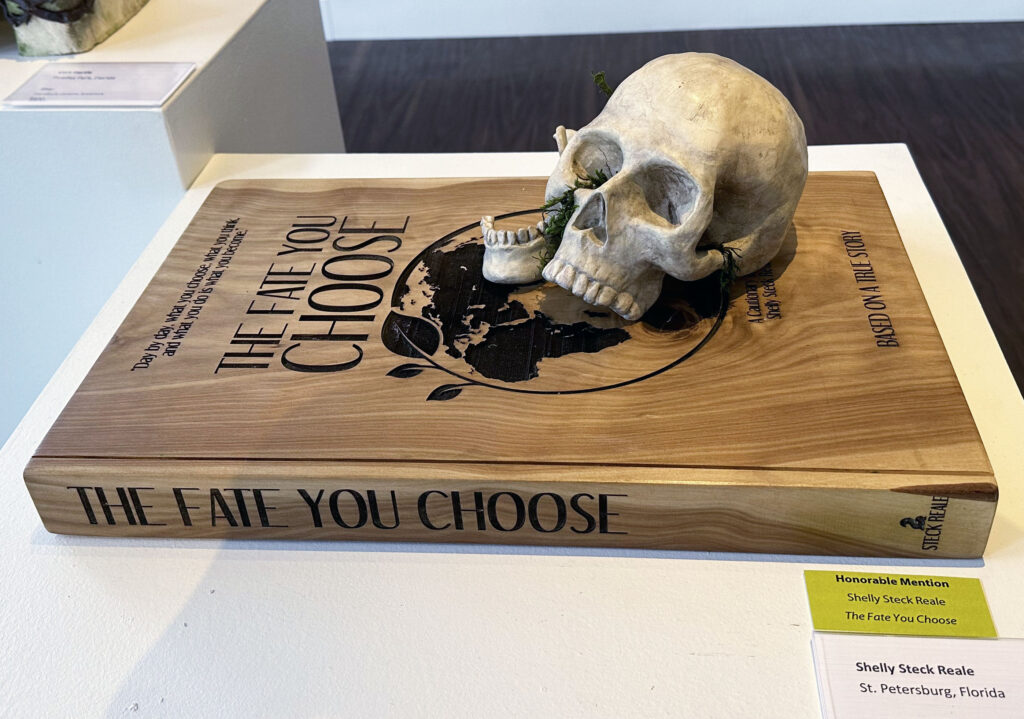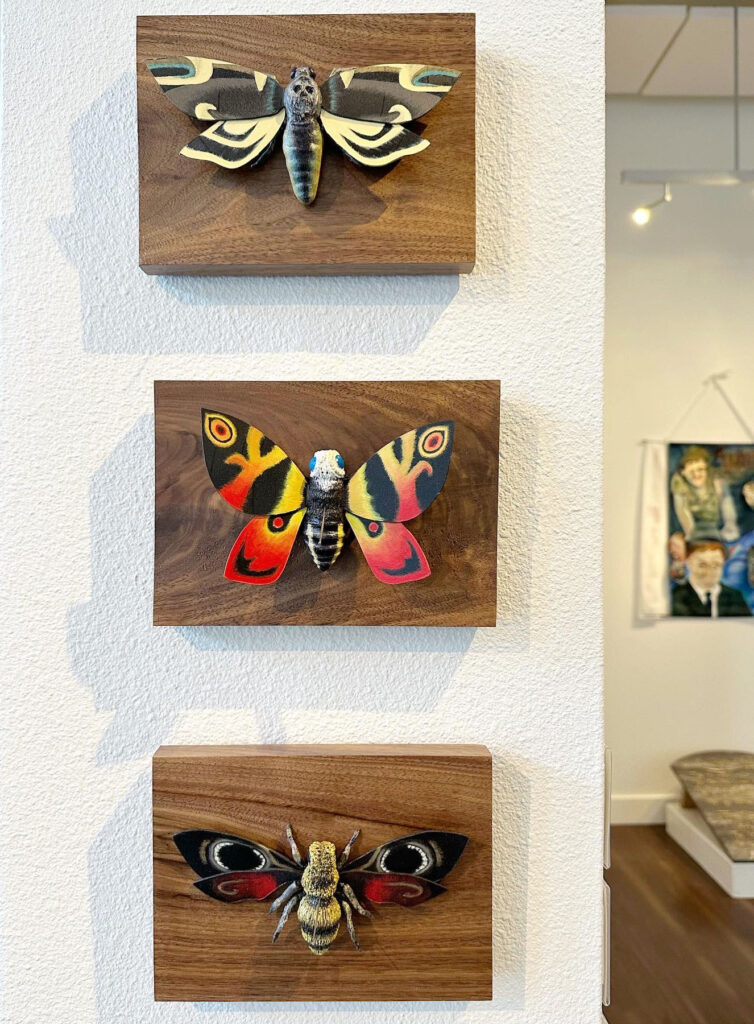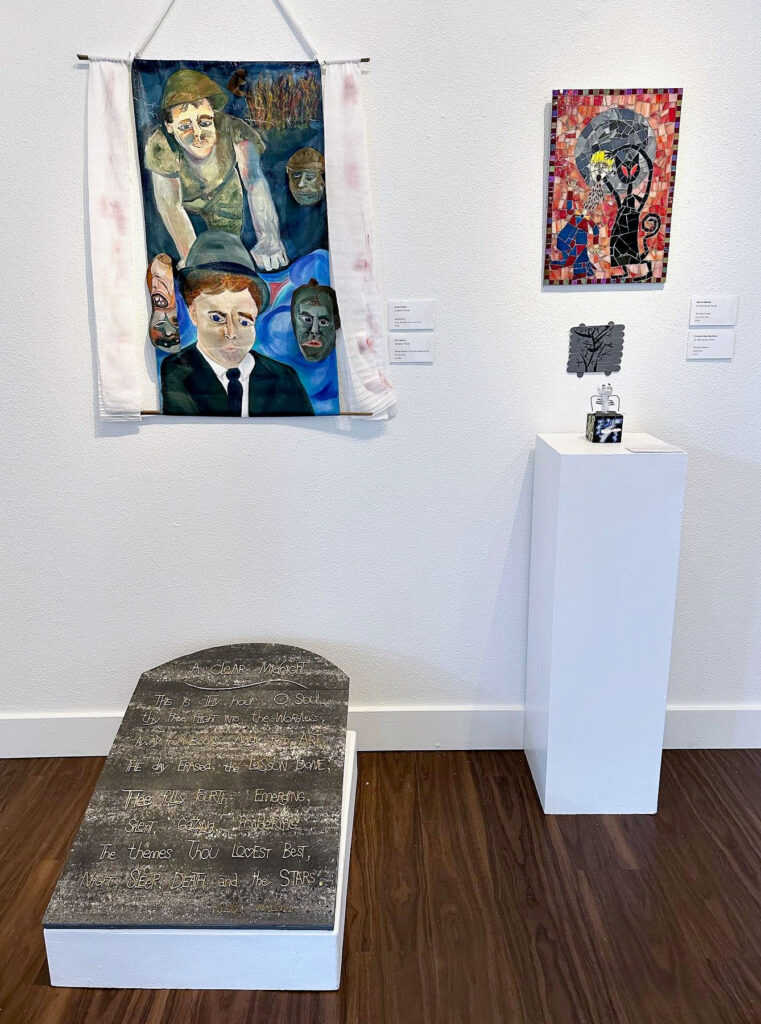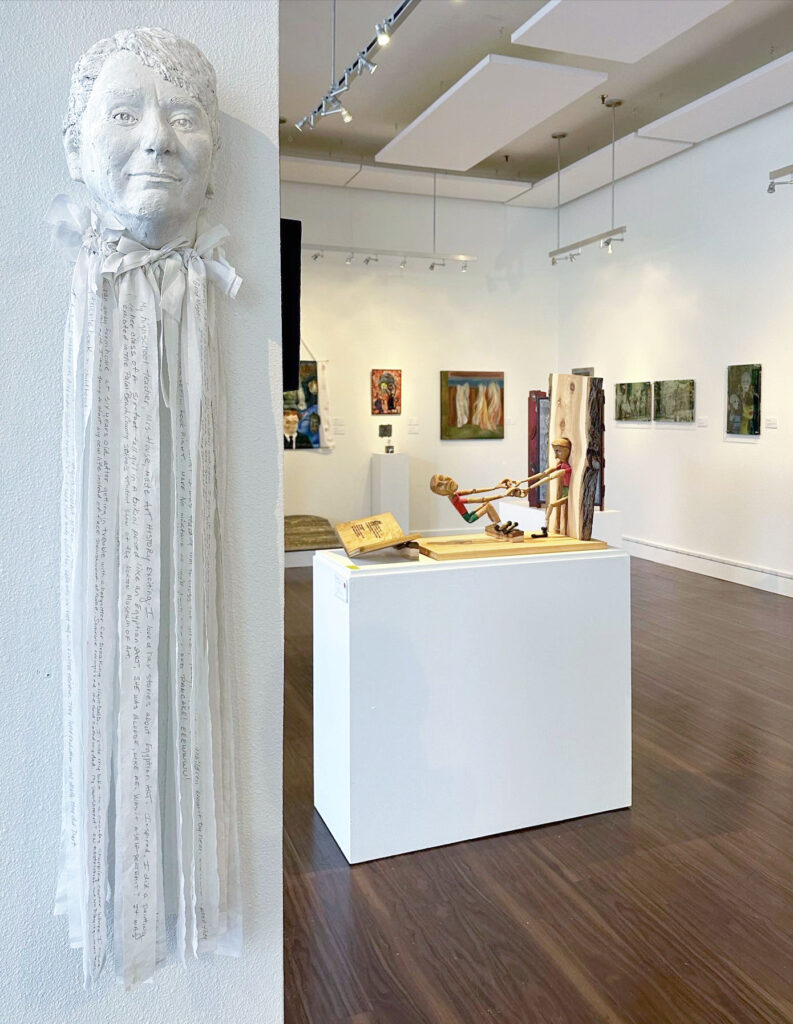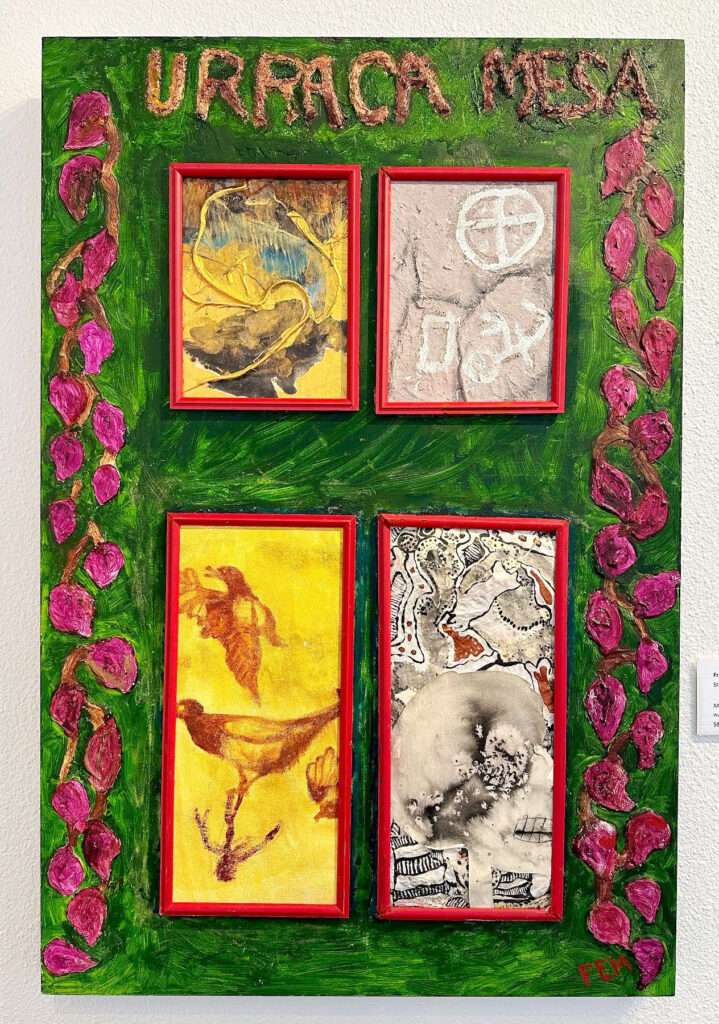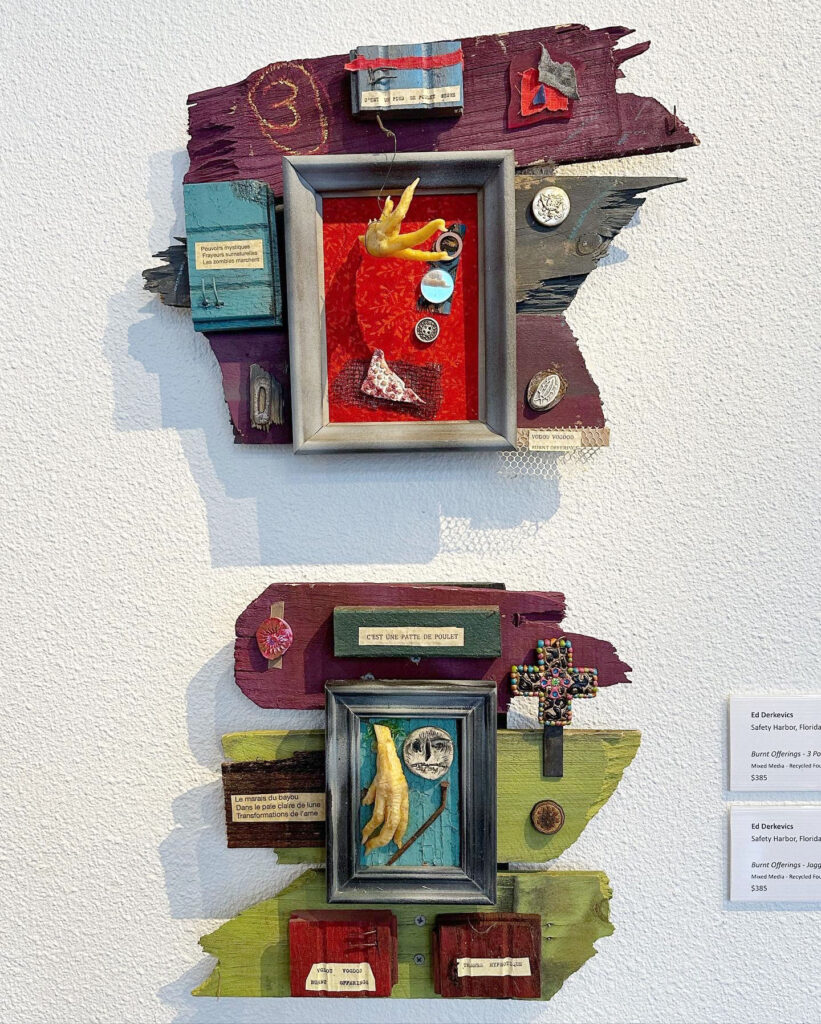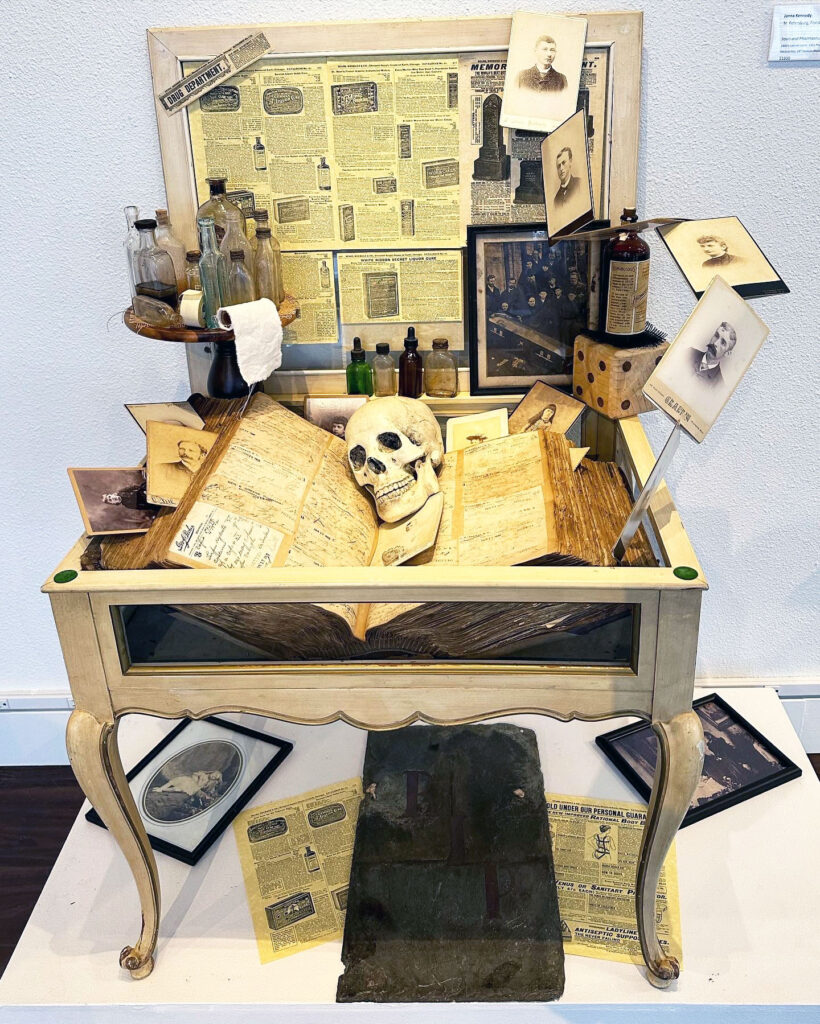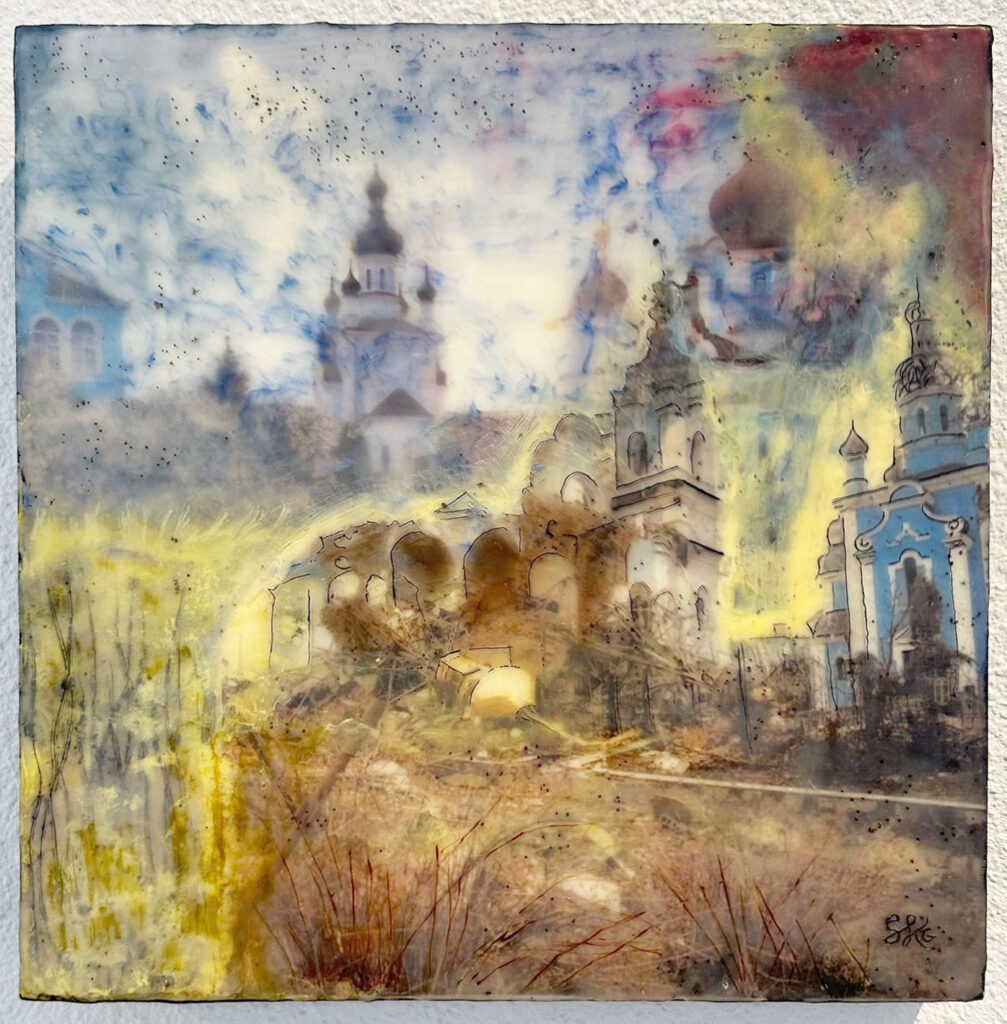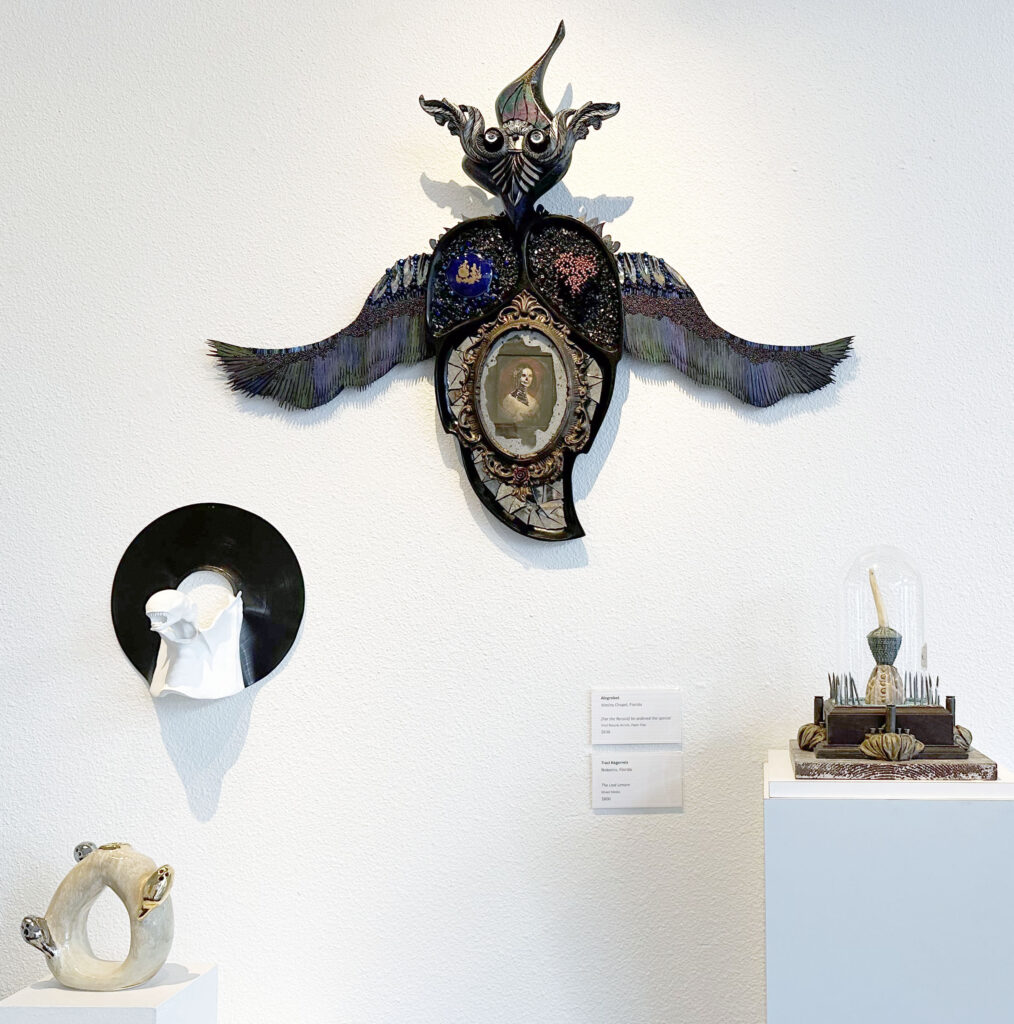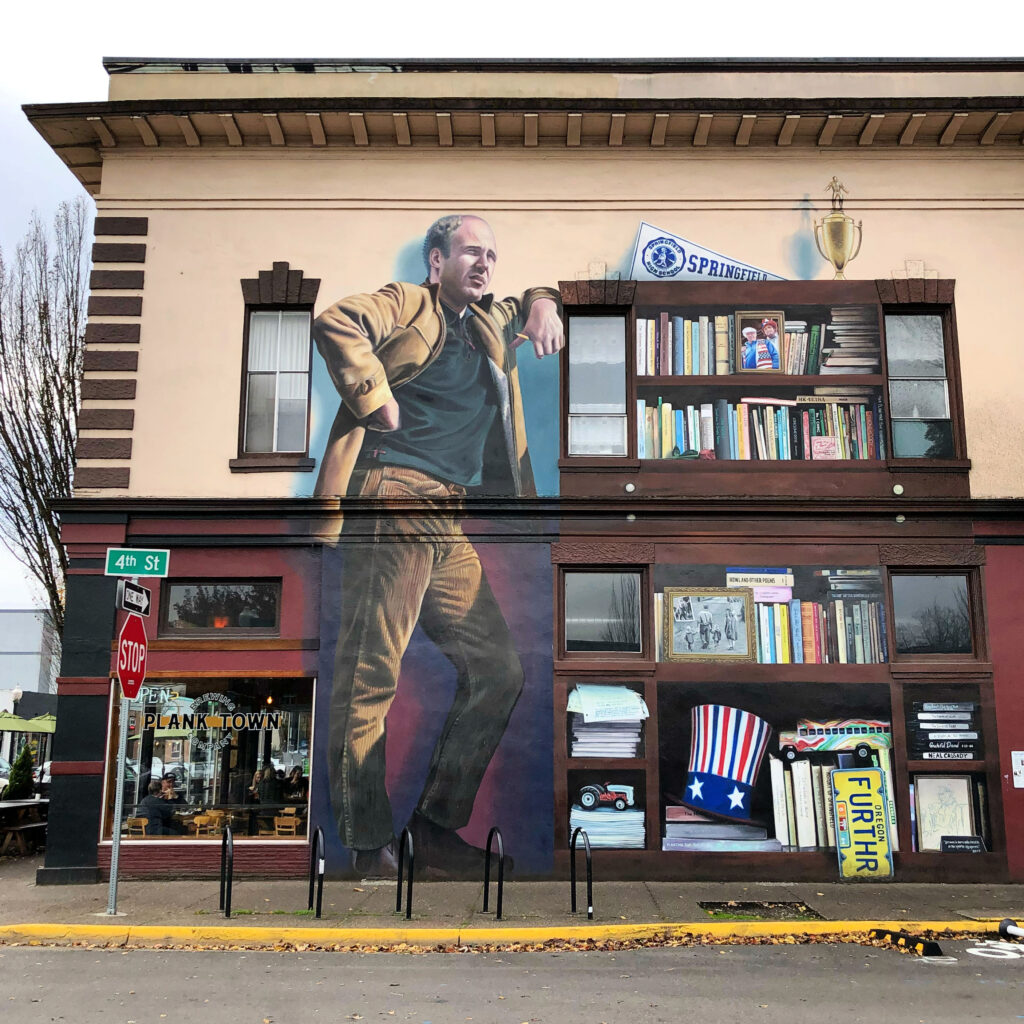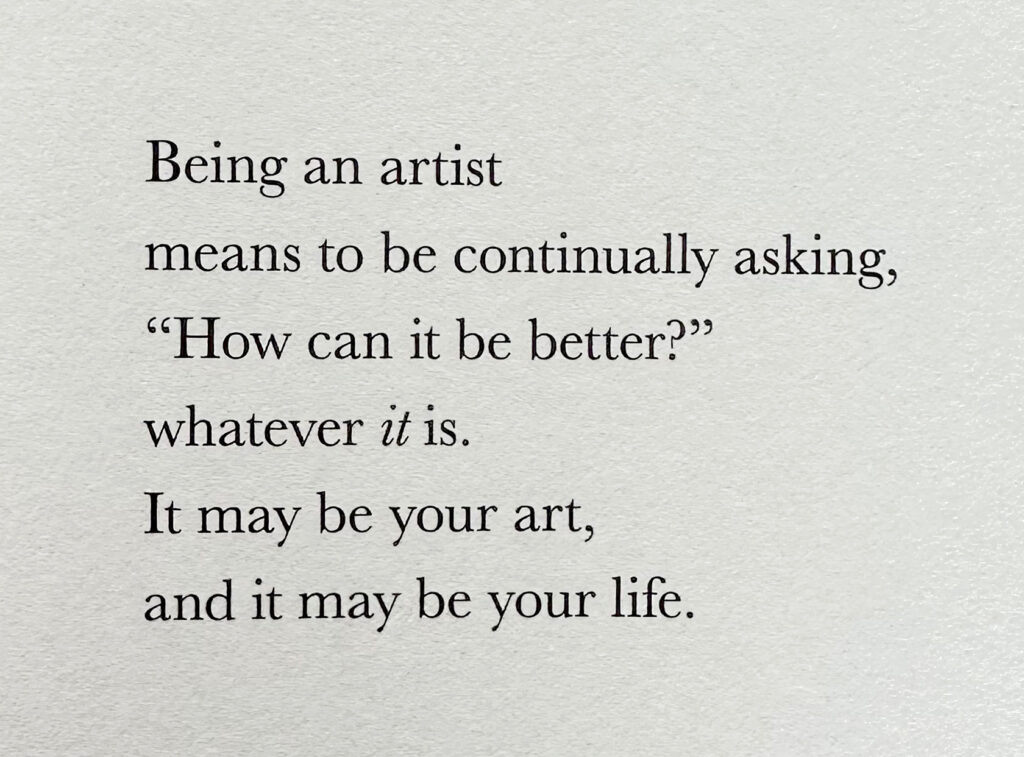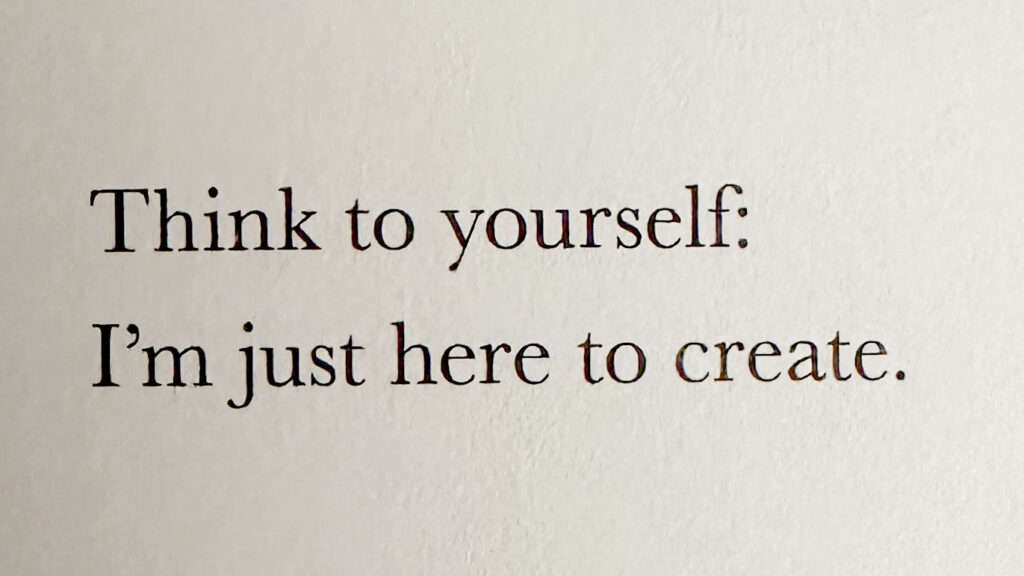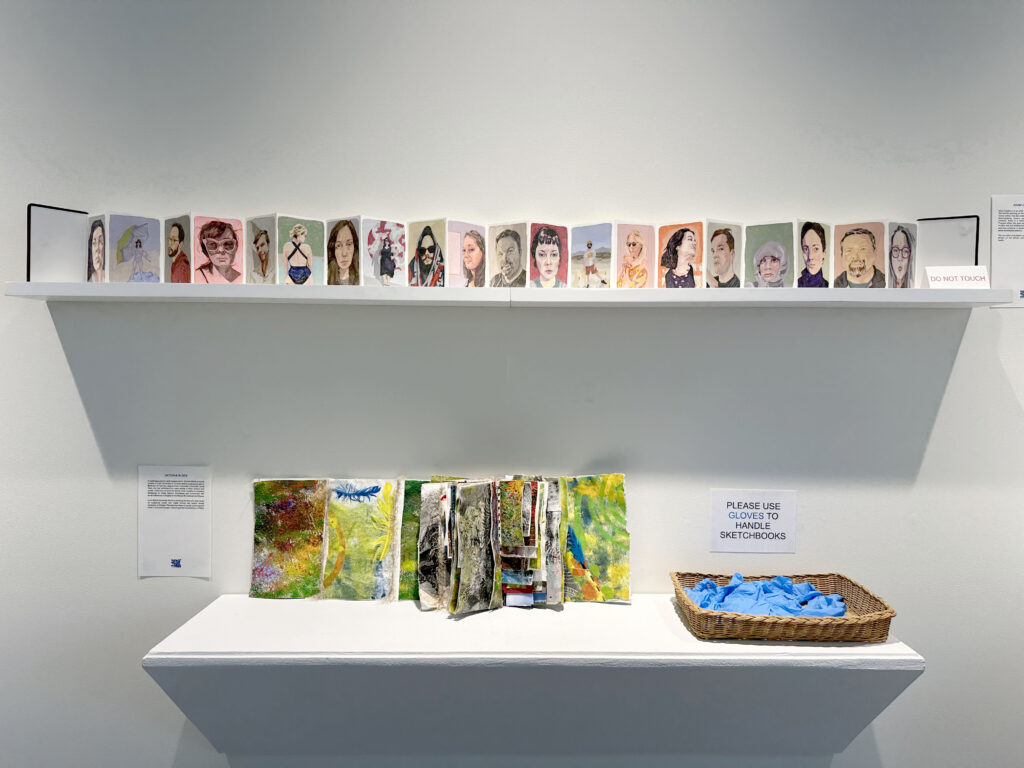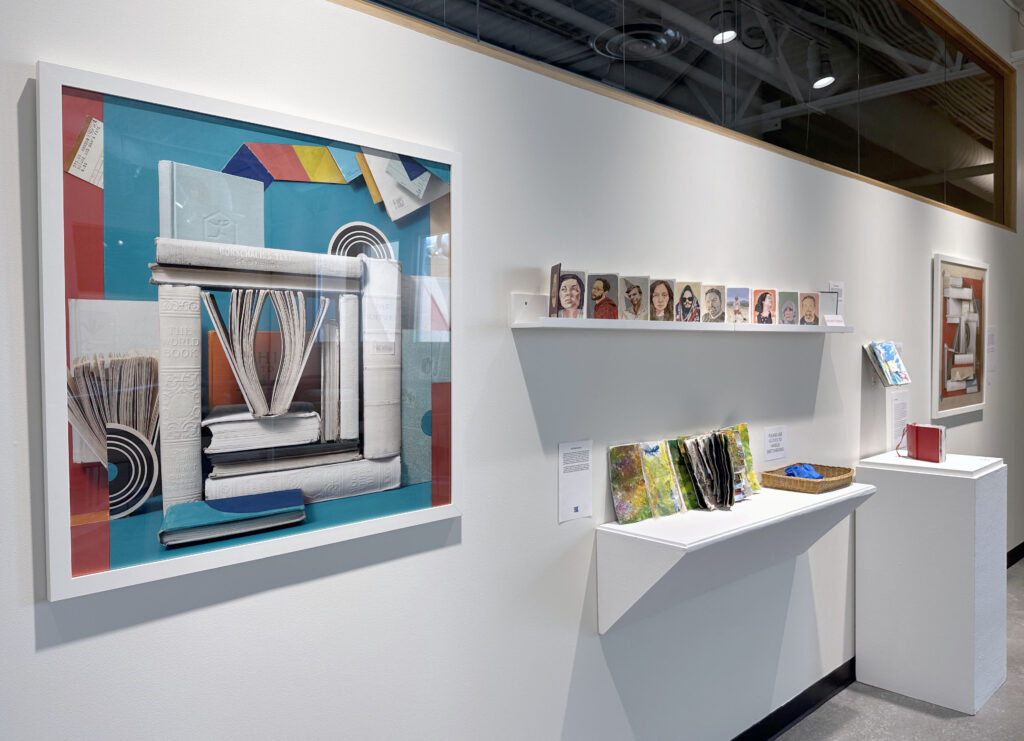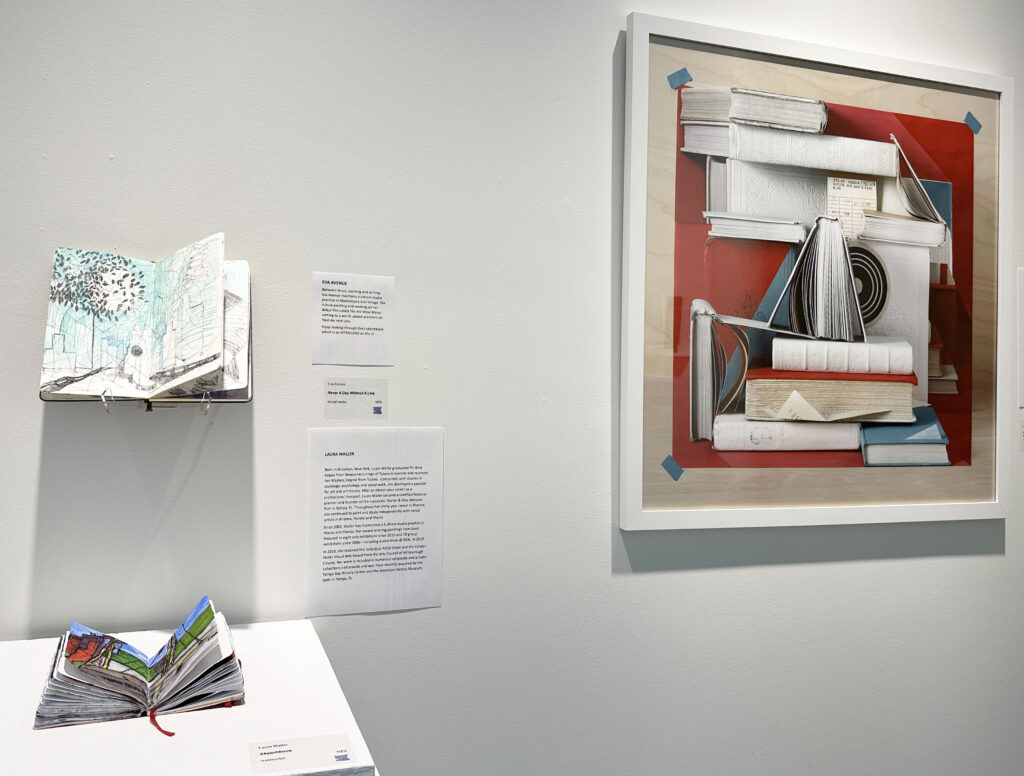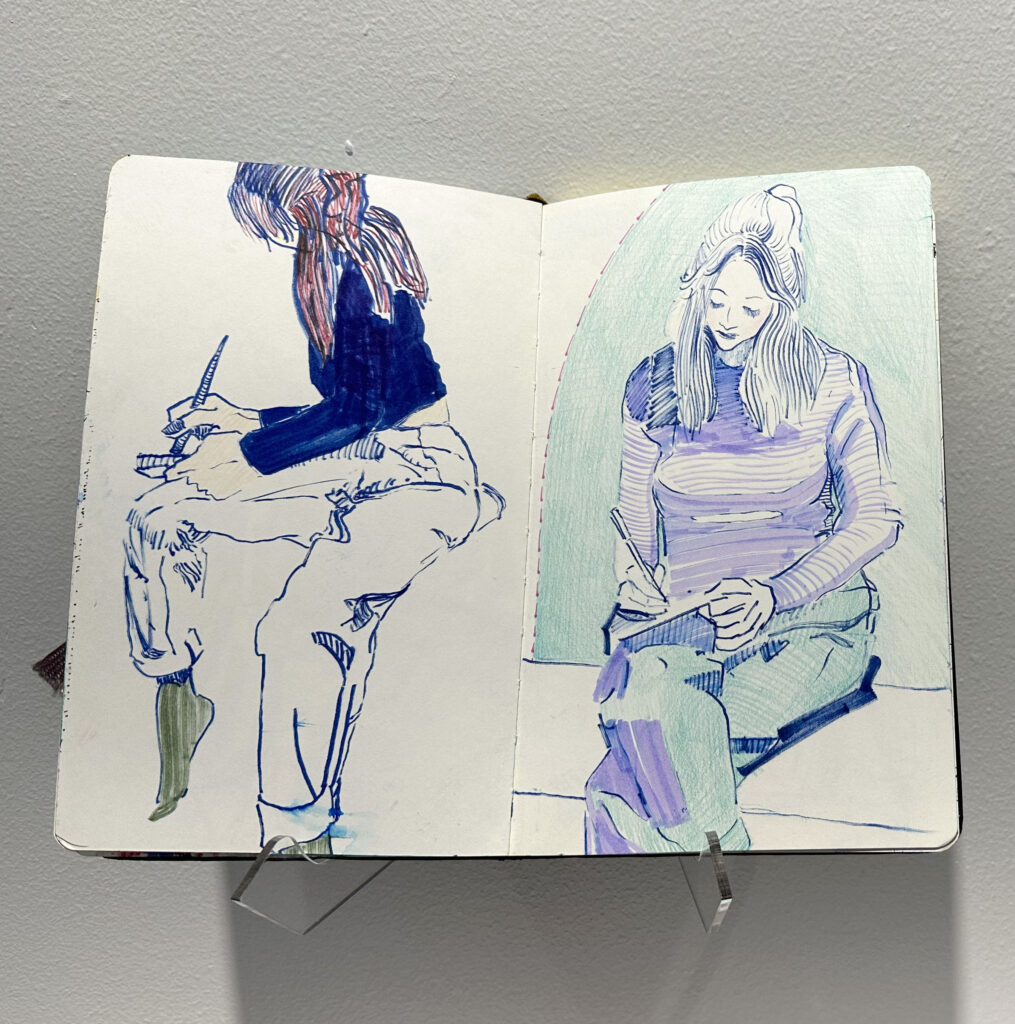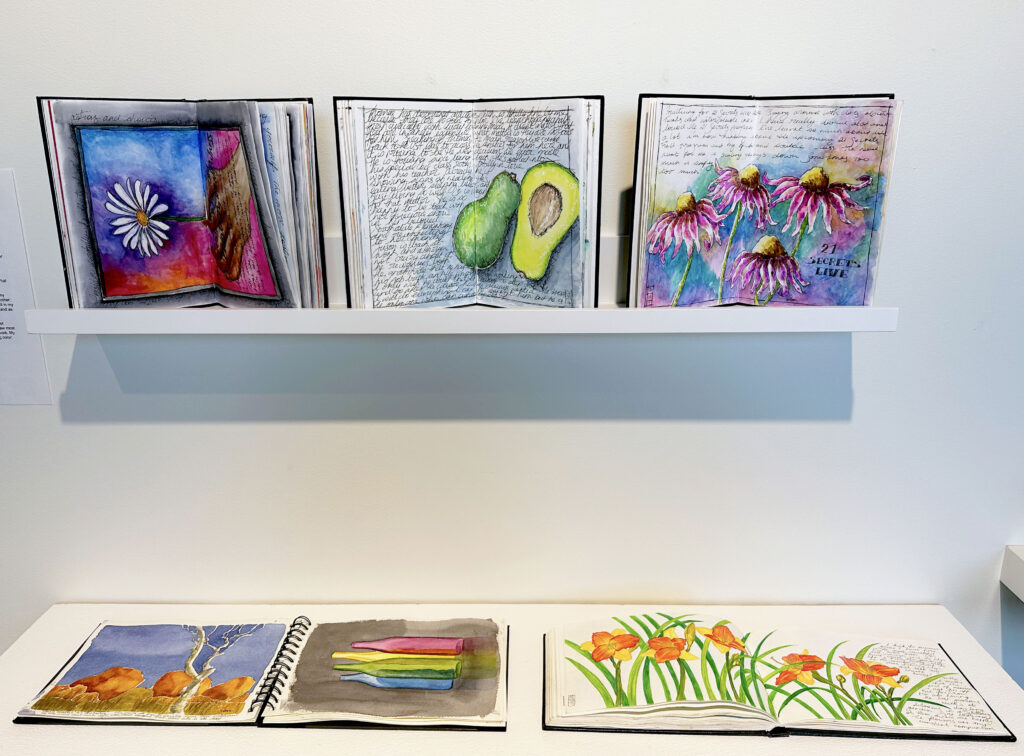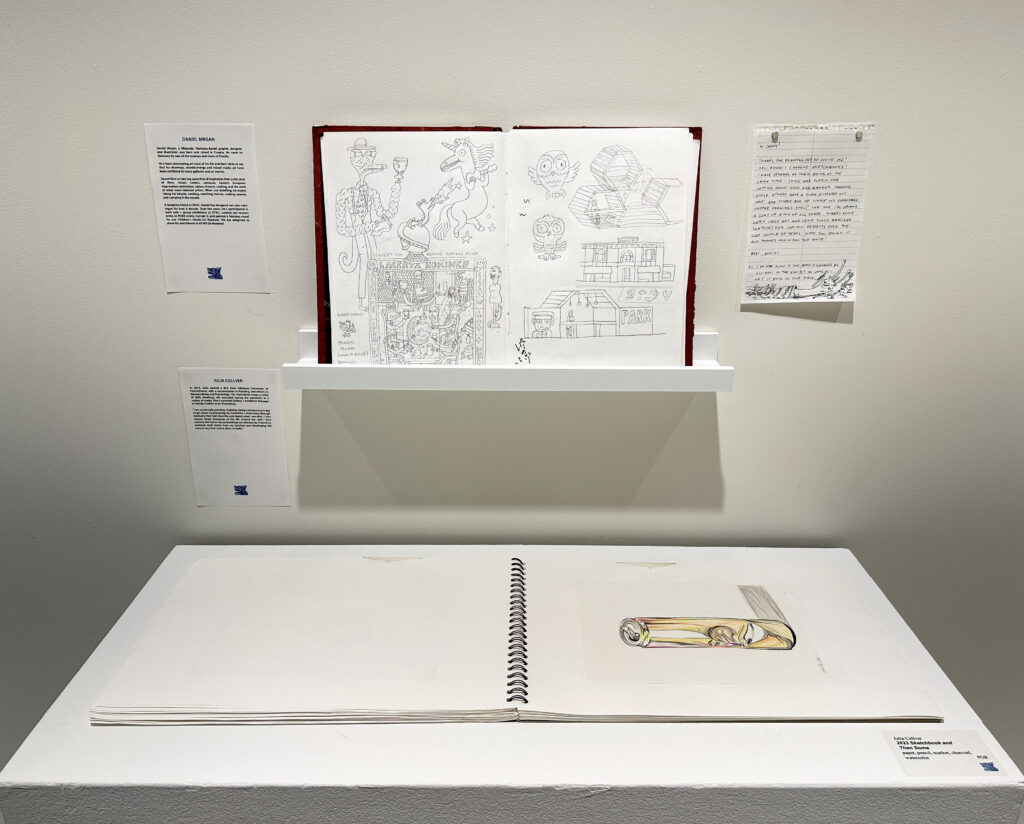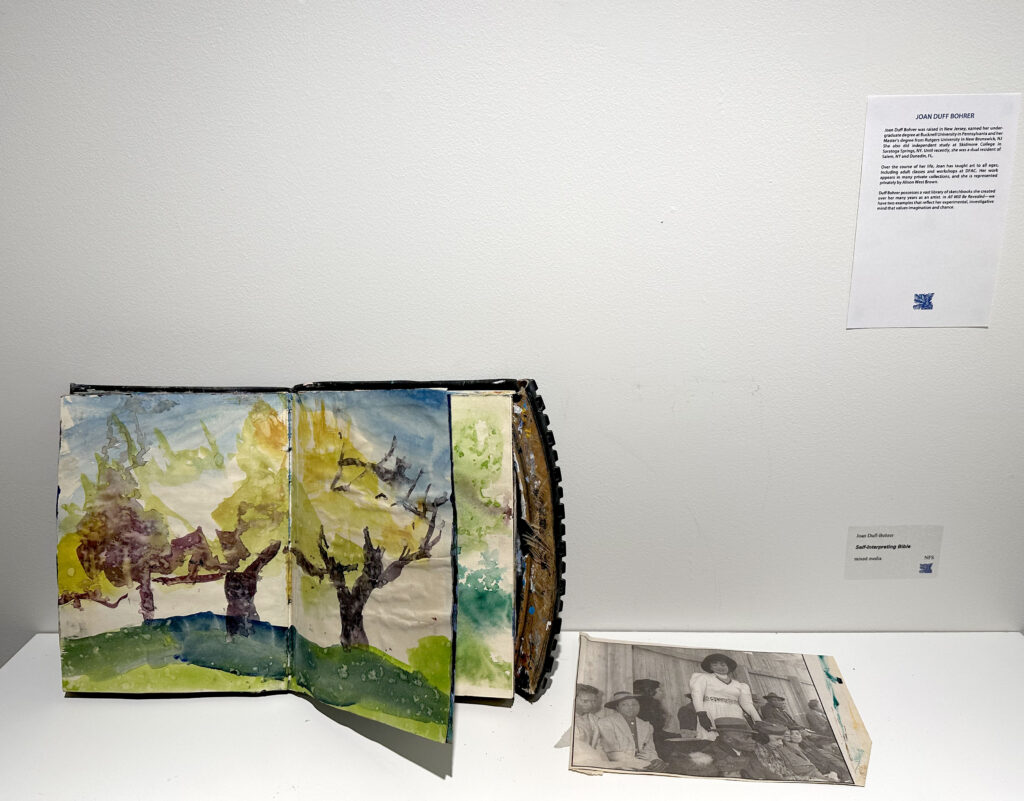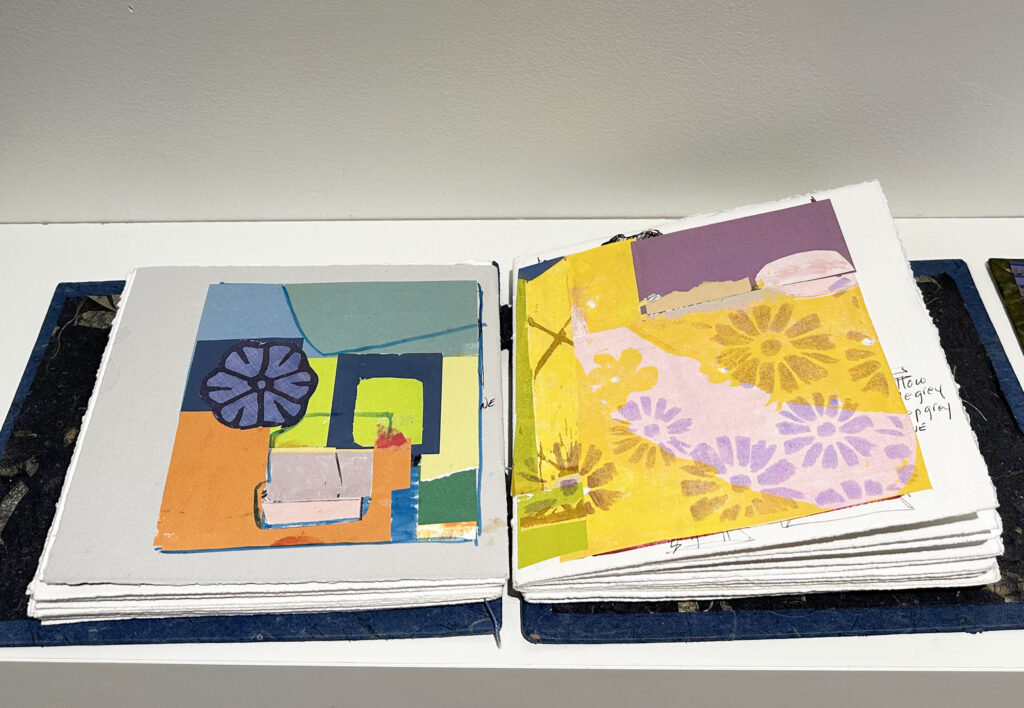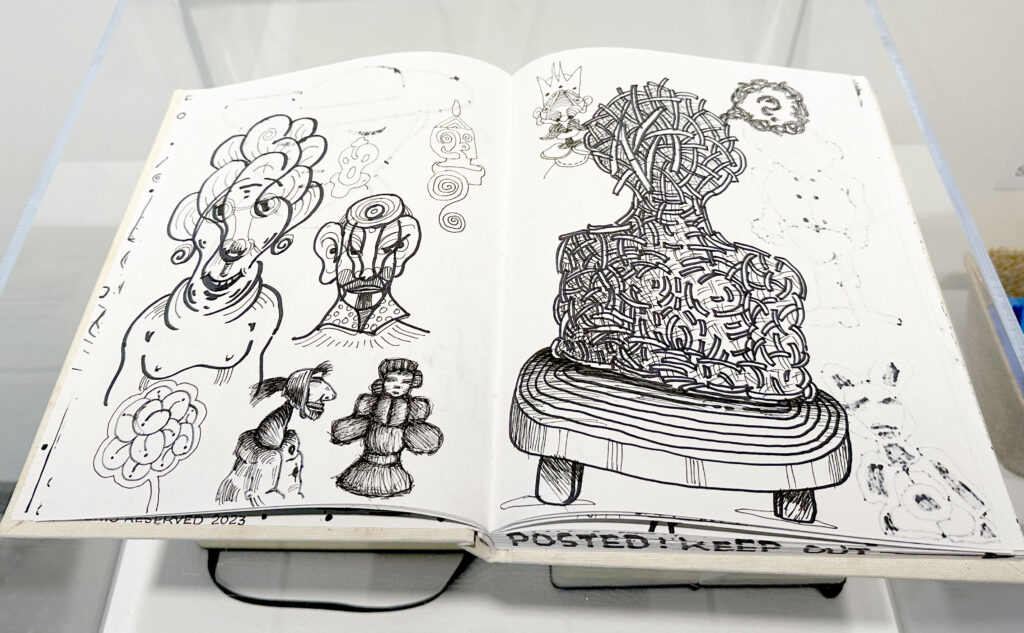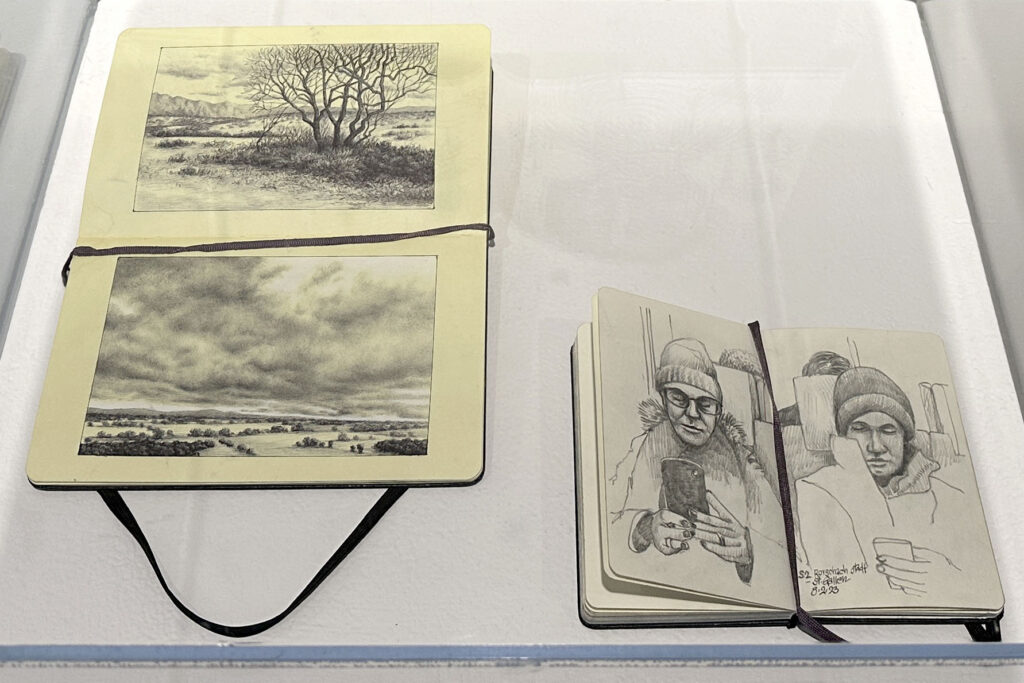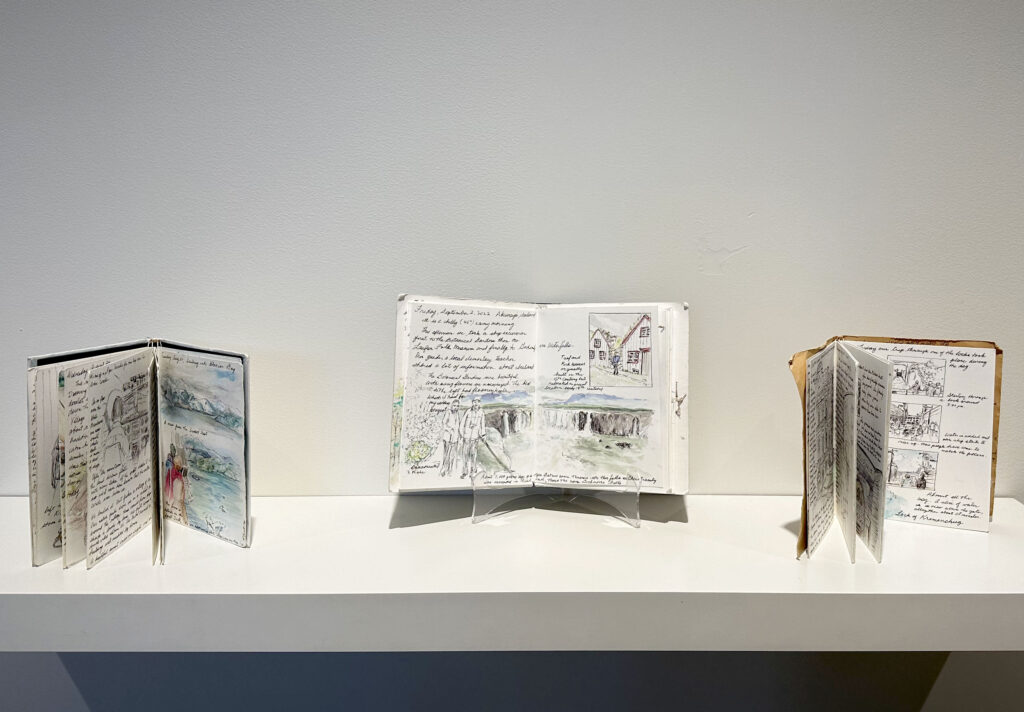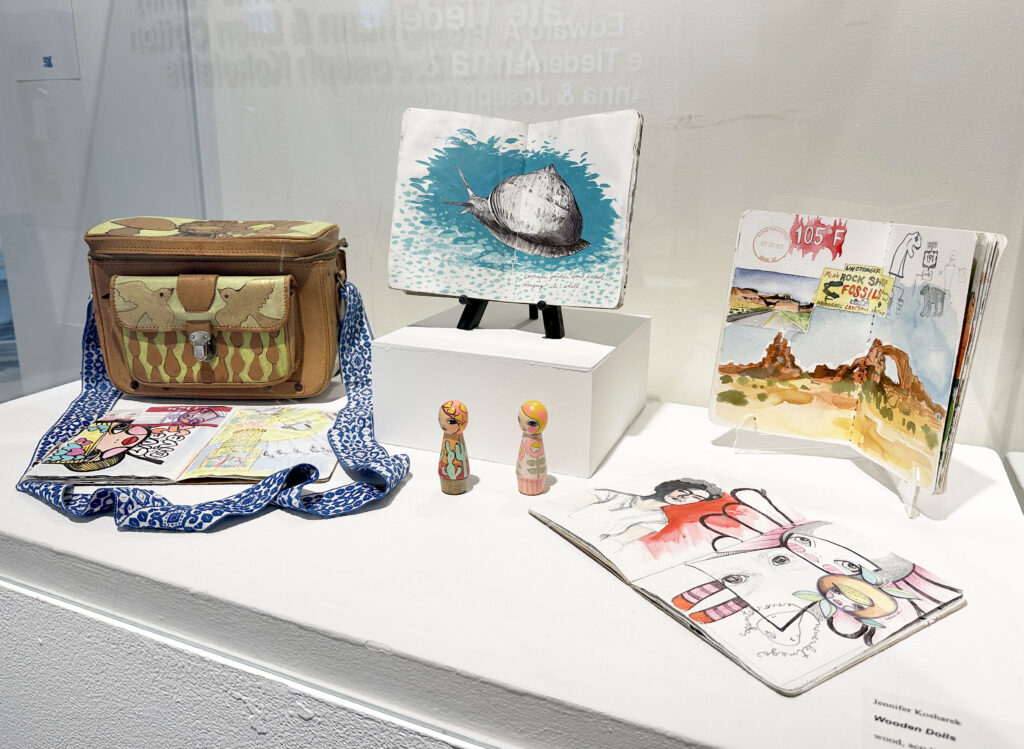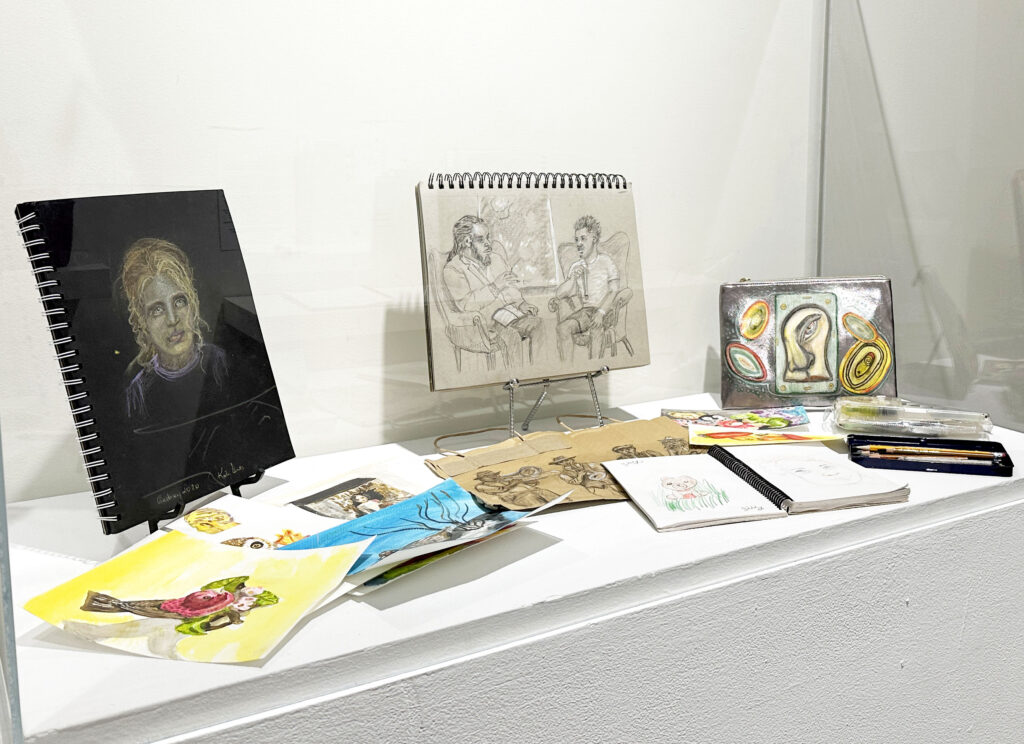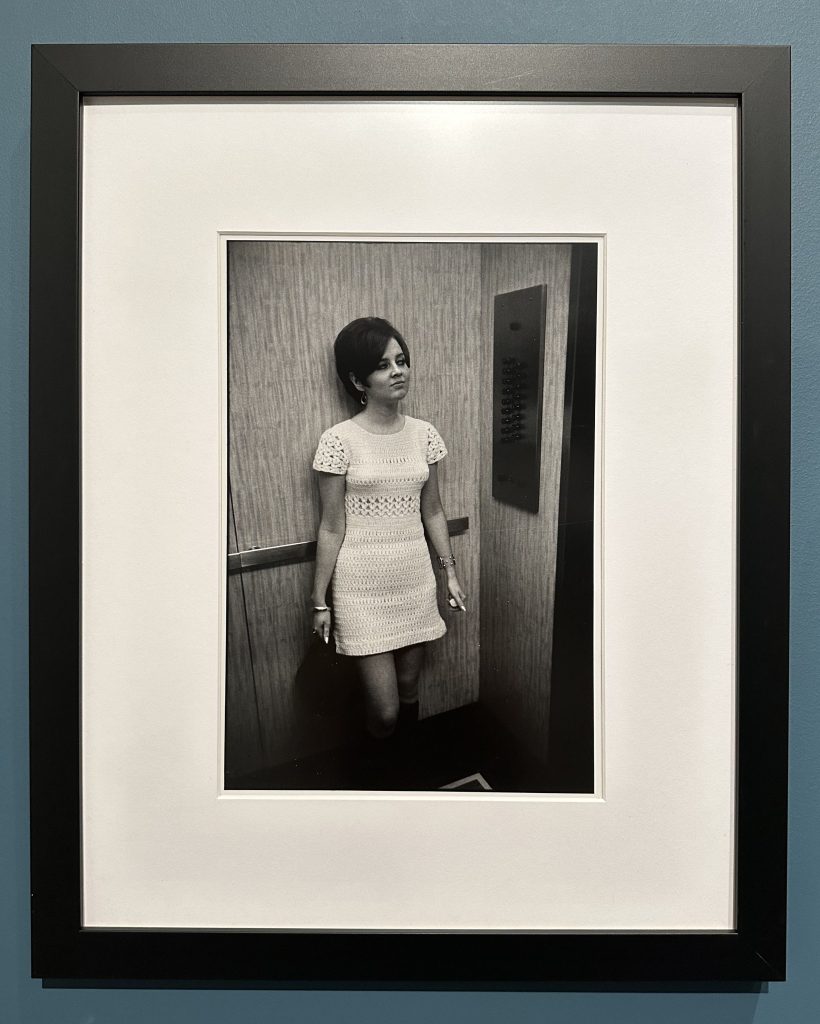
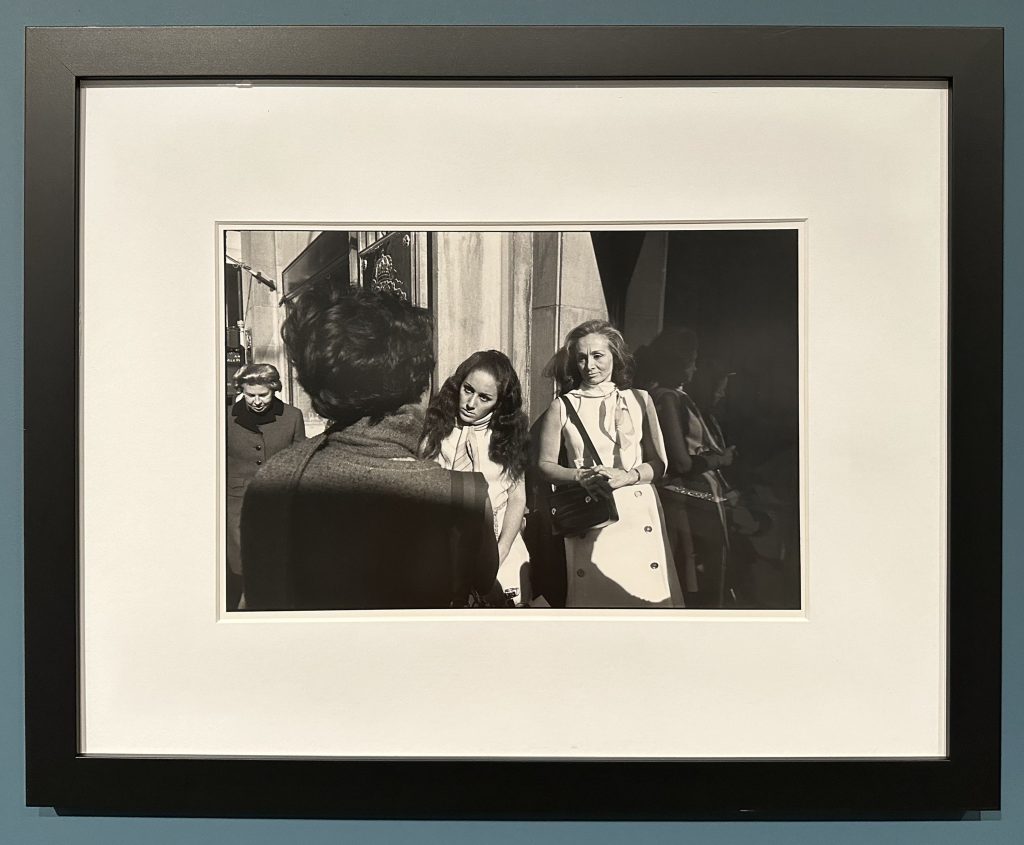
Currently Tampa Museum of Art is showing work from Garry Winogrand’s book, Beautiful Women. The photographs are from the 1960s and 1970s and are a fascinating glimpse of this time period. His ability to find and capture these brief moments is impressive. At the same time, some of the photos of these women feel invasive and, as said in the museum’s statement on the work below, voyeuristic.
From the museum-
Garry Winogrand was a master at photographing the unseen, extraordinary moments of everyday life. With his Leica camera, Winogrand photographed both up close and at a distance, but spontaneously as the image came together. He liked to break the rules of photography by ignoring traditional horizon lines and shooting at titled angles to create compositional allure.
Described as one of the 20th-century’s most influential street photographers, Winogrand often defied social decorum by getting into the space of his subjects – sometimes unknowingly to the person and at other times to their great annoyance. He captured life in the 1960s and 1970s in the blink of an eye, preferably with his 28mm lens which allowed more of what was in front of him to be featured in the frame. Winogrand once remarked, “I photograph to see what the world looks like in photographs.”
Women are Beautiful represents of one Winogrand’s most celebrated yet controversial artworks. His magnum opus, Women are Beautiful was first published as a book in 1975 and later printed as a portfolio in 1981. Comprised of 85 photographs, the works were shot over a ten-year period between 1965 and 1975, notably at the height of second-wave feminism and the sexual revolution, the anti-war movement, and the civil rights movement. As the title suggests, women served as the inspiration for the project. Winogrand culled images from his extensive archive that emphasized the confidence, vibrancy, and individuality of the American woman. While the photographs have been lauded as artifacts of their time, the works have also been criticized as voyeuristic and invasive to women’s privacy. Both observations deserve consideration in viewing this body of work.
The presentation of Women are Beautiful in this gallery follows the format of the book, which is now out of print. Winogrand selected the images and organized the photos without reference to subject, date, and place. Apart from the first photograph in the series, the images are presented as pairs to represent Winogrand’s book spreads. This arrangement aims to highlight how the photographer viewed and read his pictures. While women anchor the photographs, Winogrand looked at the total image-such as the other people in the photo or the quietness of solitude, the surrounding landscape, and the objects featured in the frame. At quick glance, the connections between images may not appear readily visible but it is in these photographs that Winogrand invites viewers to take a longer, closer look at the pictures. Subtle gestures such as the common angle of limbs and facial profiles, or shadows, corners, and lines – even the shared shading of a hat and tree-inspired Winogrand’s paired selections. Viewed together, the photographs reveal a deliberate sequencing and pacing, like a storyboard or film. Winogrand’s Women are Beautiful offers insight into the vantage point of one the 20th-century’s most accomplished photographers.
Below are some of the pairs from the show.
This exhibition closes 4/21/24.

